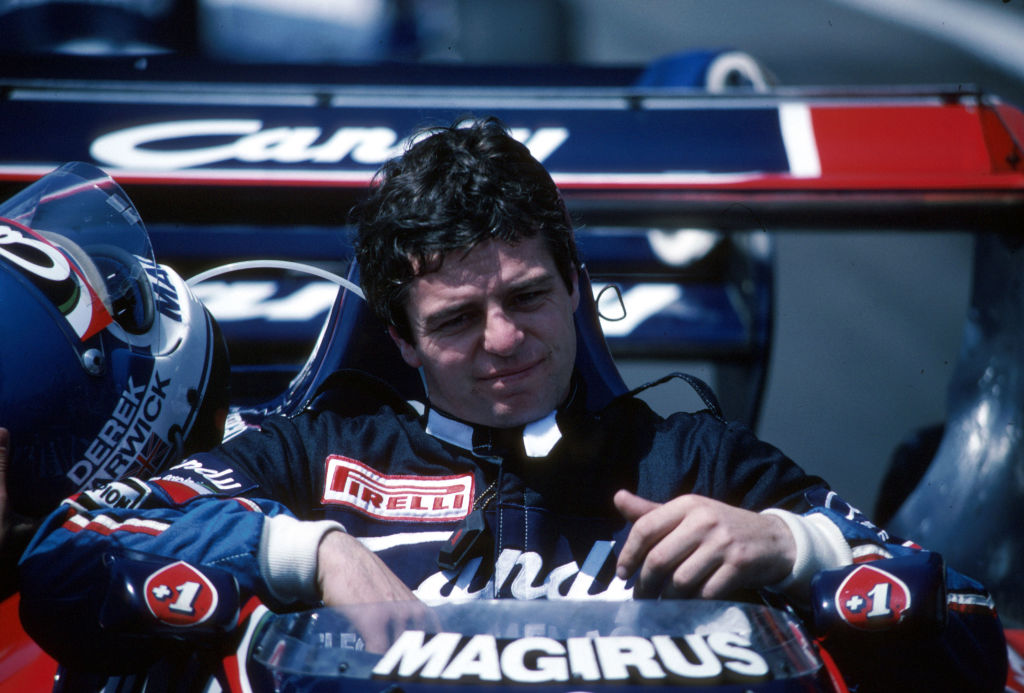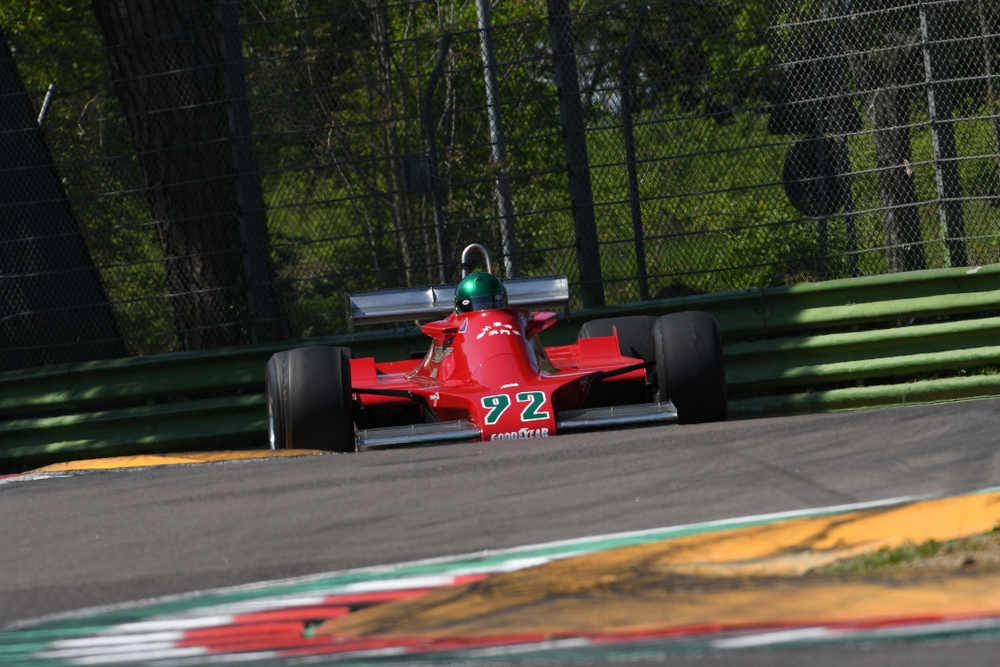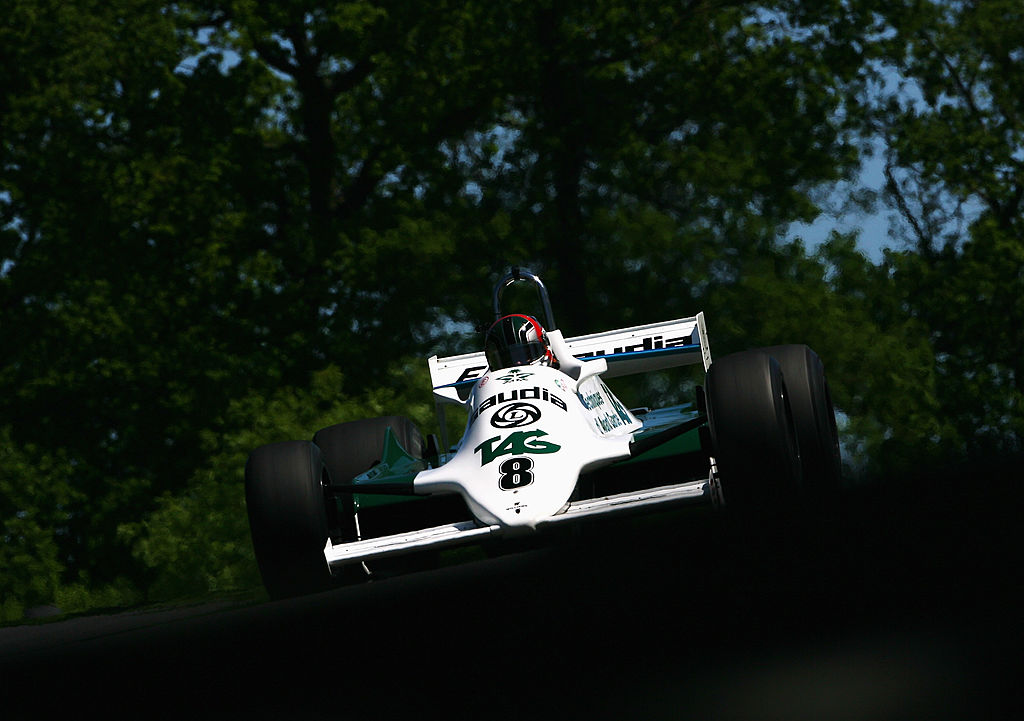The Strangest Cars To Hit The F1 Track
Formula 1 is known for speed, precision, and engineering brilliance—but not every car on the track has been a beauty or a success. Over the years, some teams have experimented with bizarre designs that have gone down in history as the weirdest cars ever seen in the sport. Let’s look at the strangest machines to ever hit the F1 track!
Ferguson P99
The Ferguson P99 holds a unique place in history. It was the first four-wheel-drive F1 car to win a race and the last front-engined car to do so. Stirling Moss gave it its shining moment at the 1961 Oulton Park International Gold Cup, proving the potential of 4WD technology with an impressive 46-second victory in damp conditions.
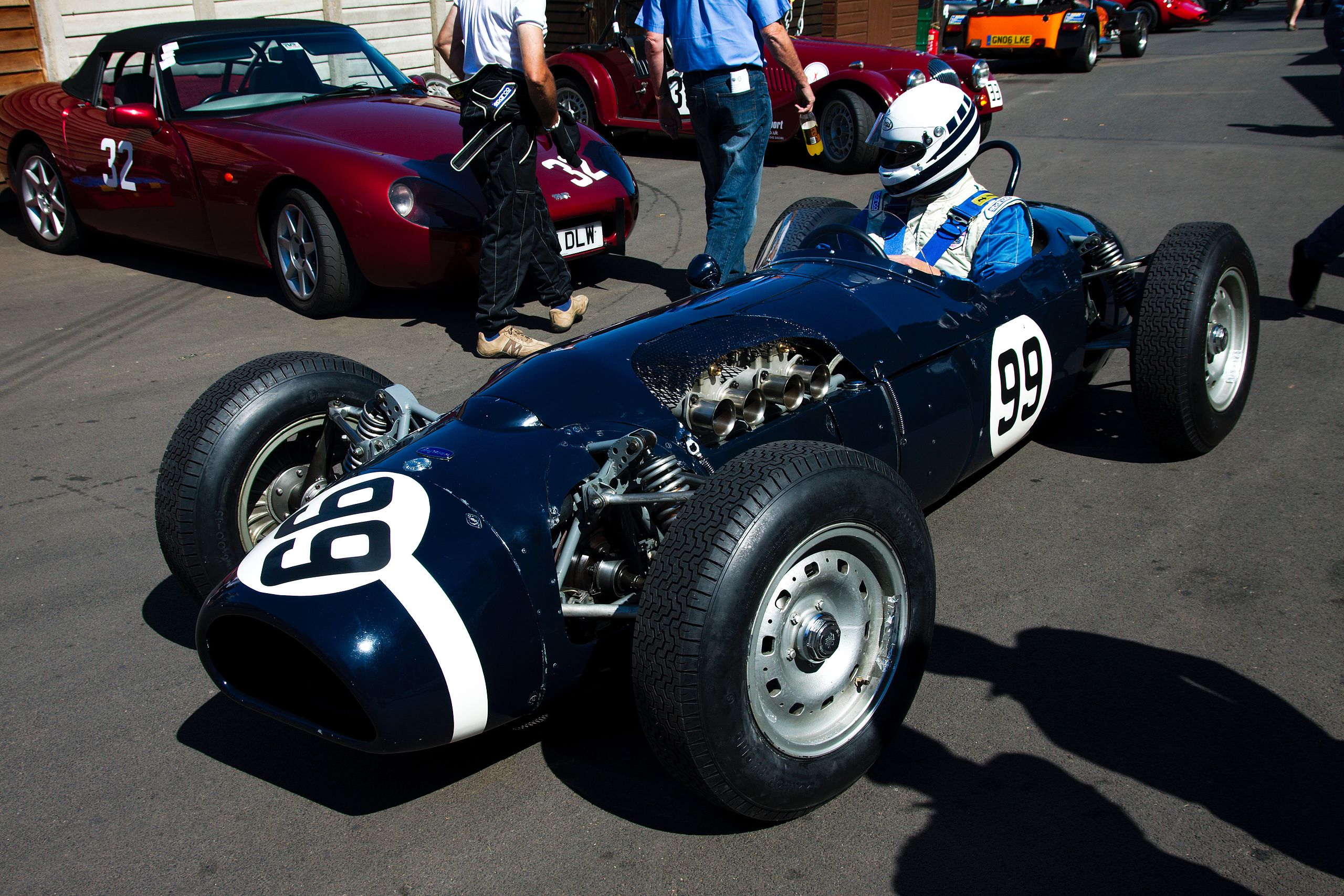 Andrew Basterfield, CC BY-SA 2.0, Wikimedia Commons
Andrew Basterfield, CC BY-SA 2.0, Wikimedia Commons
Tyrrell P34
The six-wheeled Williams FW08B marked the end of an era in 1982 when Formula 1 banned six-wheeled cars due to safety and practicality concerns. Tyrrell’s Project 34 remains the only six-wheeled car to win a Grand Prix. With four small front wheels for better traction and aerodynamics, its moment of glory came in 1976 when Jody Scheckter took it to victory in the Swedish Grand Prix.
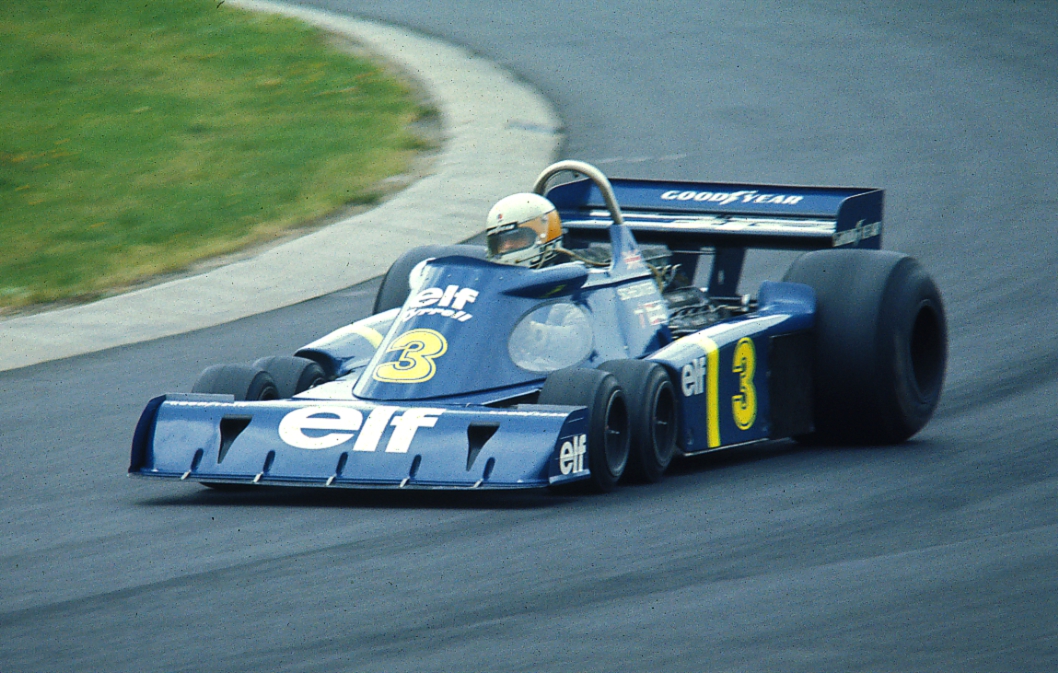 Lothar Spurzem, CC BY-SA 2.0 DE, Wikimedia Commons
Lothar Spurzem, CC BY-SA 2.0 DE, Wikimedia Commons
Arrows A2
The Arrows A2 was designed to act as one big wing using ground effect, and the car aimed to channel air under its body for downforce. But it suffered from poor handling. Despite Jochen Mass managing two P6 finishes, the A2 was short-lived, and Arrows returned to traditional designs with the A3 in 1980.
 MPW57, CC BY 3.0, Wikimedia Commons
MPW57, CC BY 3.0, Wikimedia Commons
Brabham BT46B
The Brabham BT46B, famously known as the "fan car," took ground effect to the next level in 1978. It was designed by Gordon Murray and it used a massive fan at the rear to suck air from underneath the car, creating a vacuum for incredible downforce. Niki Lauda won the 1978 Swedish Grand Prix with it, but rival teams protested, and under pressure, Brabham withdrew the innovative car after just one race.
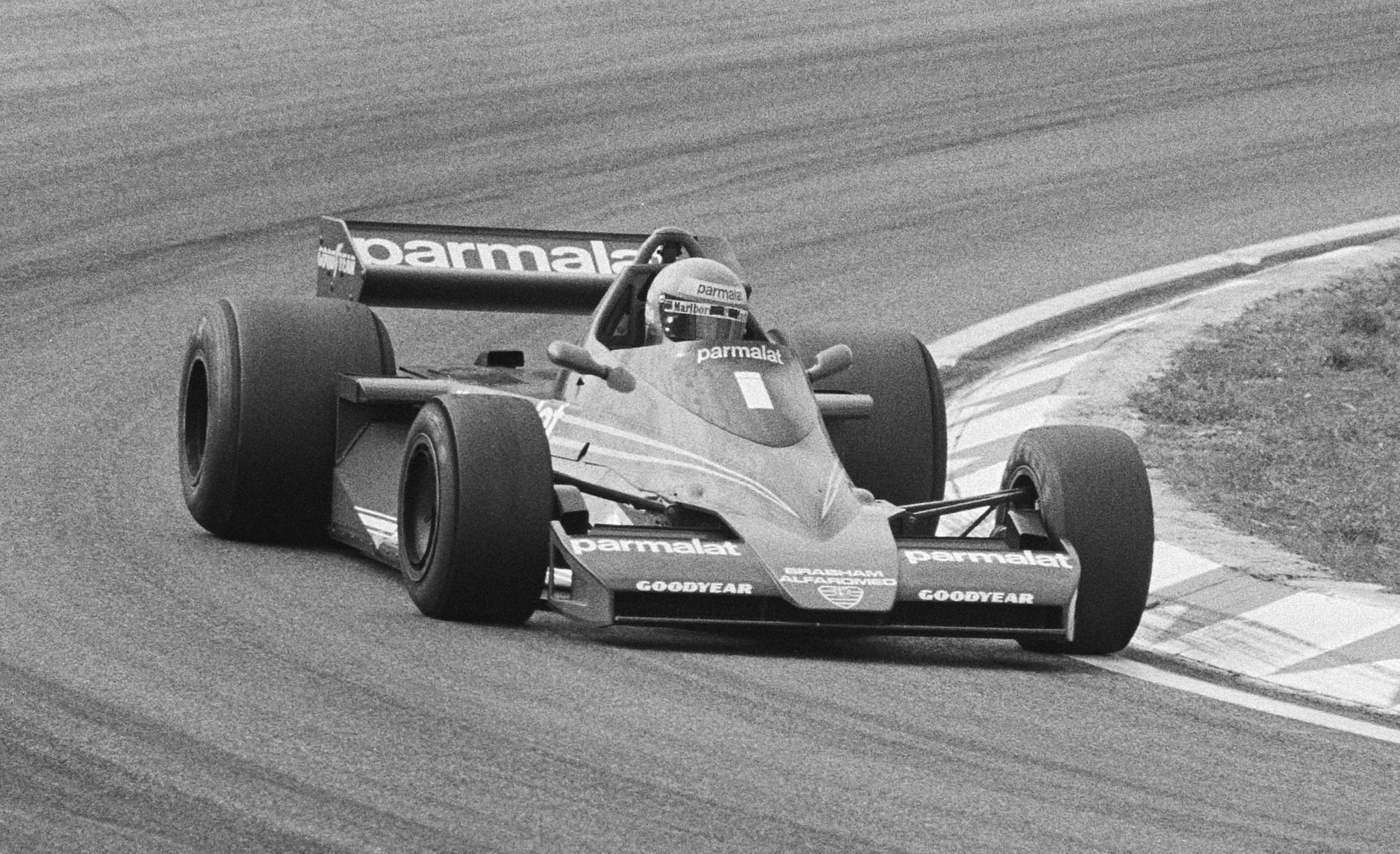 Suyk Koen, CC BY-SA 3.0 NL, Wikimedia Commons
Suyk Koen, CC BY-SA 3.0 NL, Wikimedia Commons
Lotus 56B
The Lotus 56B was one of Formula 1’s wildest experiments—a gas turbine-powered, wedge-shaped car with no gearbox or clutch, originally designed for helicopters! Light yet powerful, it featured four-wheel drive and made its F1 debut in 1971. While its best finish was eighth, the futuristic wedge design lived on.
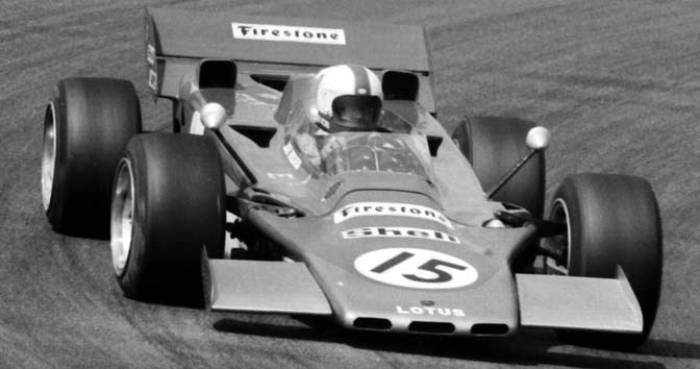 Raimund Kommer, CC BY-SA 3.0, Wikimedia Commons
Raimund Kommer, CC BY-SA 3.0, Wikimedia Commons
Lotus E22
The 2014 season saw some truly strange F1 noses, but none were as bizarre as the Lotus E22’s “twin-tusk” design. By splitting the nose into two uneven tusks, Lotus aimed to improve airflow while still meeting regulations. While the design worked aerodynamically, the car struggled with performance and consistency, and rule changes banned the twin-tusk nose after just one season.
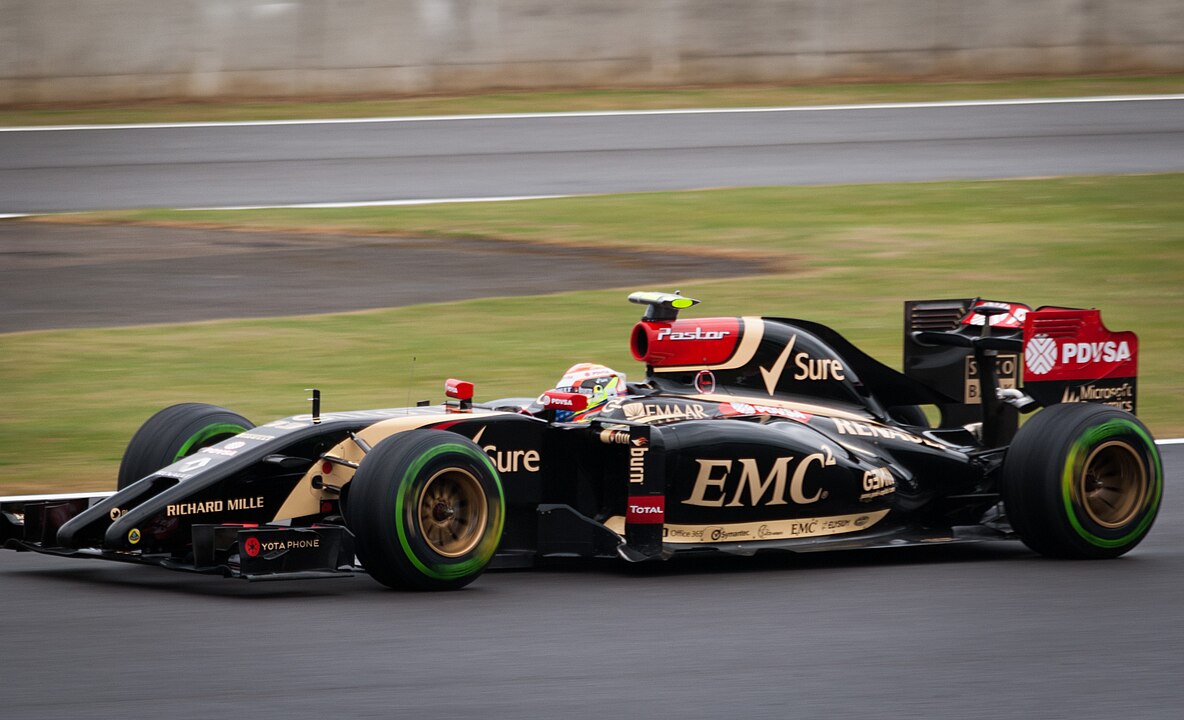 Jake Archibald, CC BY 2.0, Wikimedia Commons
Jake Archibald, CC BY 2.0, Wikimedia Commons
March 711
The March 711 stood out in 1971 with its unusual “Tea Tray” front wing, a flat, oval-shaped aerofoil mounted on the car’s nose. It was designed by Frank Costin and was paired with side-mounted radiators and a quirky airbox to give the vehicle a modular, unconventional look. Despite its odd design, Ronnie Peterson drove the 711 to multiple podiums, helping March secure fourth place in the Constructors’ standings that year.
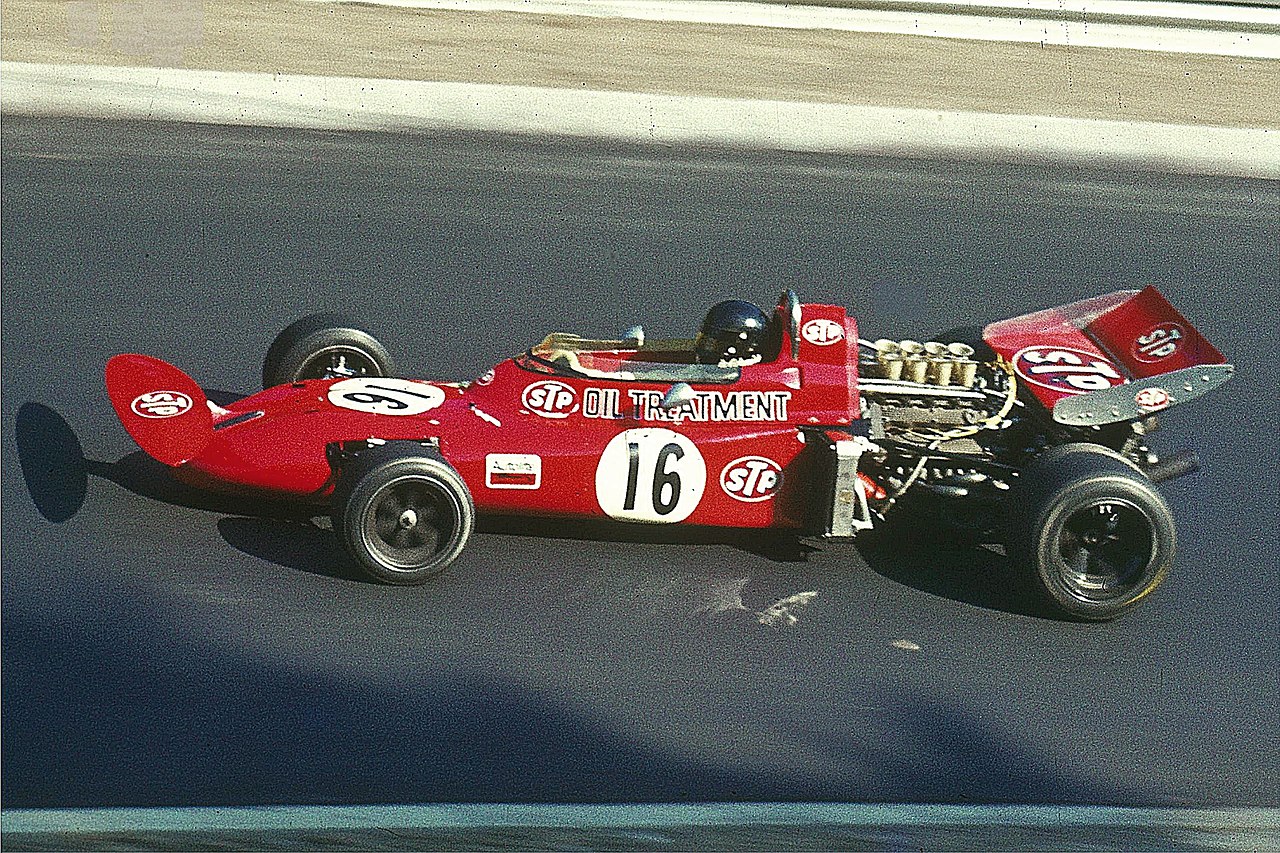 Lothar Spurzem, CC BY-SA 2.0 DE, Wikimedia Commons
Lothar Spurzem, CC BY-SA 2.0 DE, Wikimedia Commons
Life L190
Life Racing engines had a brief and disastrous run in Formula 1, failing to pre-qualify for any of the 14 races they entered in 1990. What made their L190 unique was its unusual W12 engine, with three banks of four cylinders—a compact but underpowered design that couldn’t compete. At the season opener in Phoenix, the car was almost 40 seconds off the pace, but it wasn’t last, narrowly beating the equally troubled Coloni C3B with its Subaru flat-12 engine.
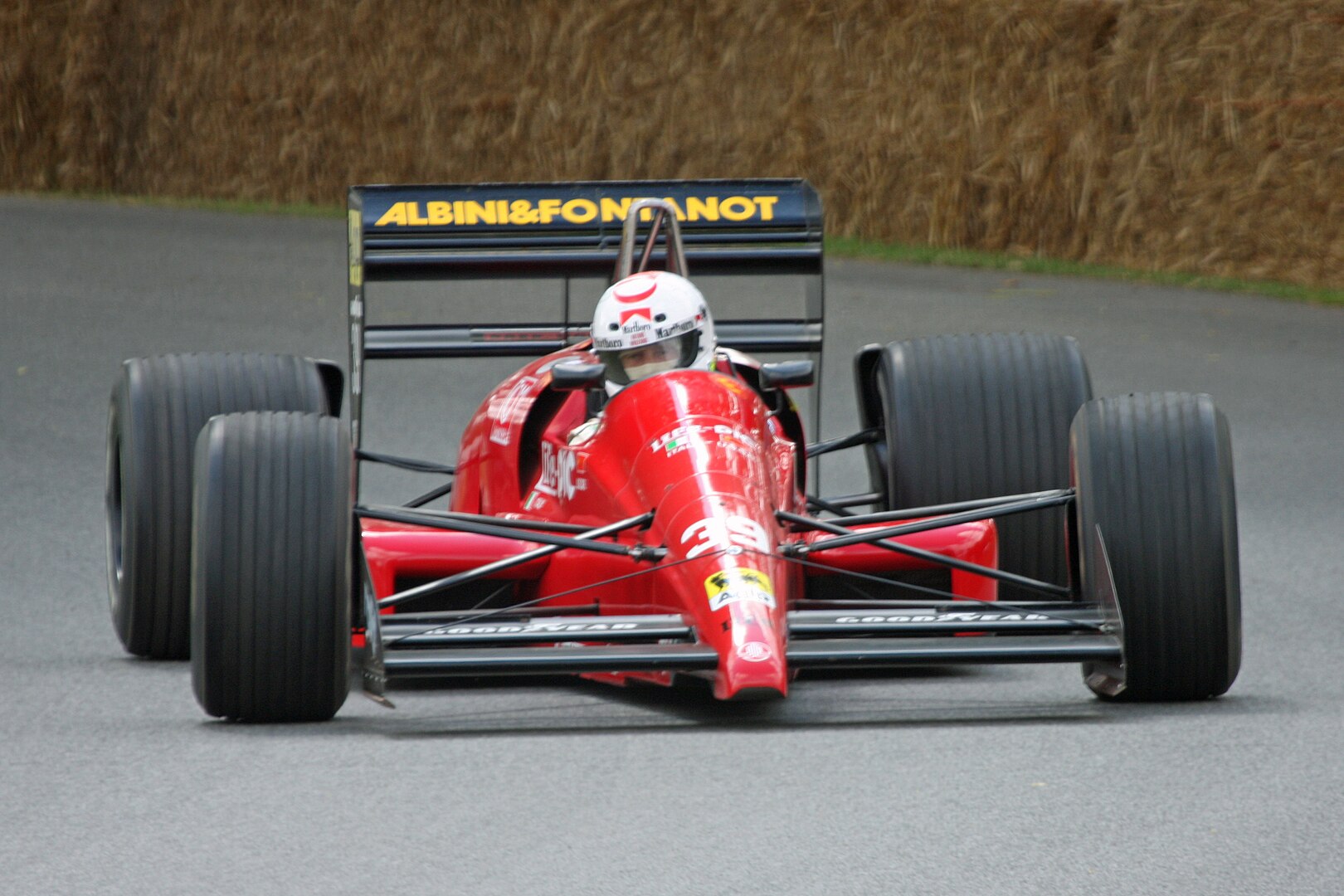 Brian Snelson, CC BY 2.0, Wikimedia Commons
Brian Snelson, CC BY 2.0, Wikimedia Commons
Tyrrell 025
The Tyrrell 025 seemed unremarkable when unveiled in 1997, with minor updates and a switch to a Ford V8 engine. But by the third race, Tyrrell’s quest for extra downforce led to the creation of unusual “X Wings,” tall fins on the sidepods that boosted performance on tight tracks like Monaco. This dramatic design was banned in early 1998 over safety concerns.
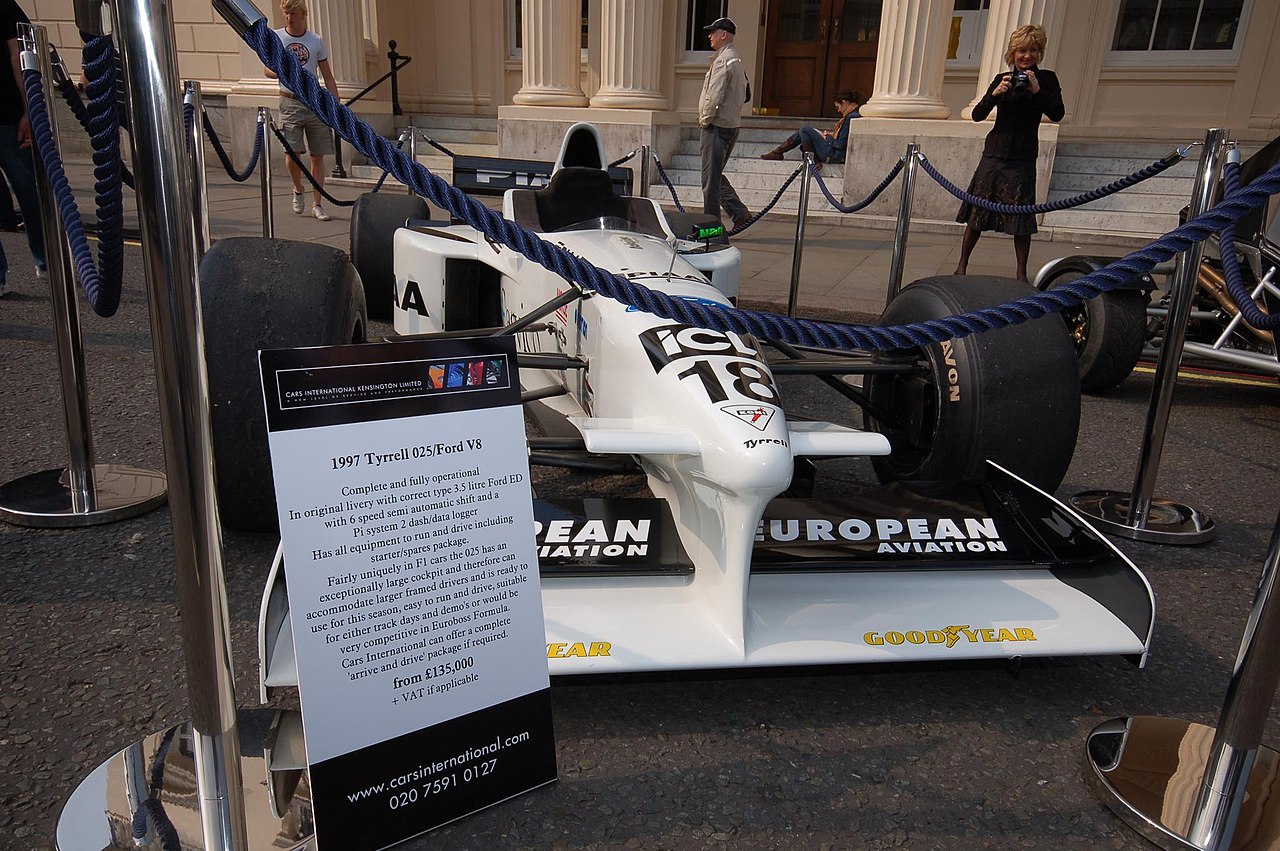 johnantoni, CC BY-SA 2.0, Wikimedia Commons
johnantoni, CC BY-SA 2.0, Wikimedia Commons
Toleman T183G
The Toleman T183G featured one of F1’s most striking rear wing designs, thanks to Rory Byrne’s innovative double aerofoil concept. This clever design used a wider forward wing paired with a narrower rear section to generate extra downforce, sparking rival teams to copy it. While Toleman struggled with reliability, Derek Warwick’s fourth-place finish at Zandvoort in 1983 earned the team its first-ever F1 points, kicking off a strong end to the season.
Ferrari 126C2
Ferrari tried to race with two rear wings on their 126C2 at the 1982 United States Grand Prix West. They spotted a loophole in the rules and they exploited the fact that while wing width was regulated, the number of wings wasn’t. The bold move ended in controversy, with Gilles Villeneuve’s third-place finish disqualified after officials decided Ferrari’s dual-wing design went too far.
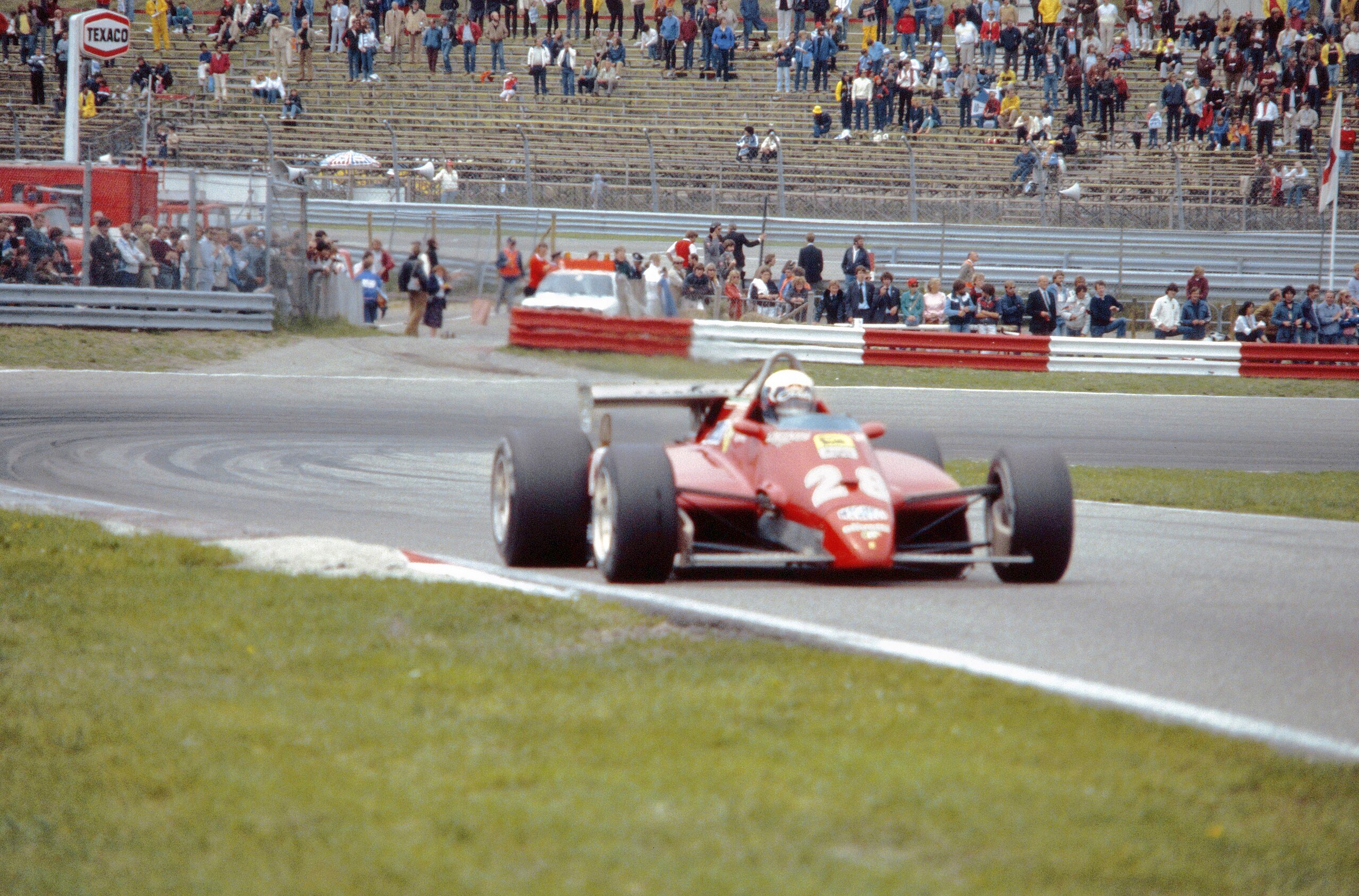 Hans van Dijk, Wikimedia Commons
Hans van Dijk, Wikimedia Commons
Ligier JS5
Ligier’s first F1 car, the JS5, earned the nickname "teapot" thanks to its enormous airbox, which also gave it a Smurf-like look with its bright blue paint. Tall airboxes were a common trend in the 1970s, but the JS5’s design stood out. Despite its quirky appearance, Jacques Laffite drove it to solid results, including a P4 finish in the 1976 US Grand Prix West.
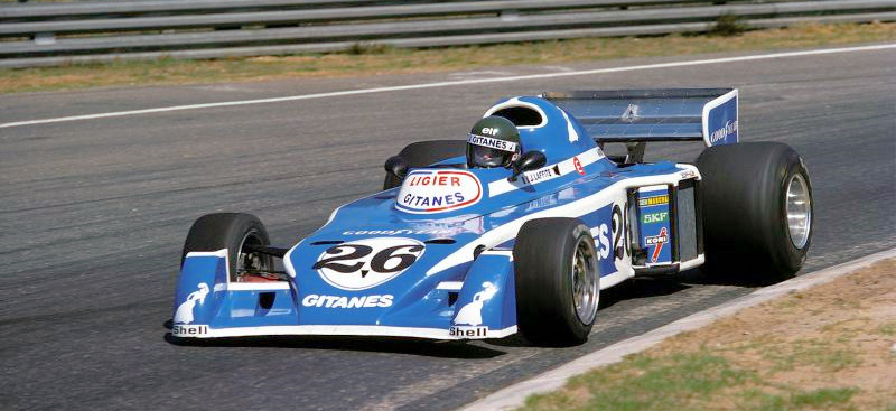 Unknown Author, Wikimedia Commons
Unknown Author, Wikimedia Commons
Mercedes W13
The Mercedes W13, with its radical zero-sidepod design, is one of the most unusual-looking F1 cars of the 21st century. Its slim, shrink-wrapped sidepods were striking but unrelated to the car’s struggles with bouncing. Despite its challenges, Mercedes made progress with the concept in 2022, leaving fans curious whether they’ll stick with the bold design in future seasons.
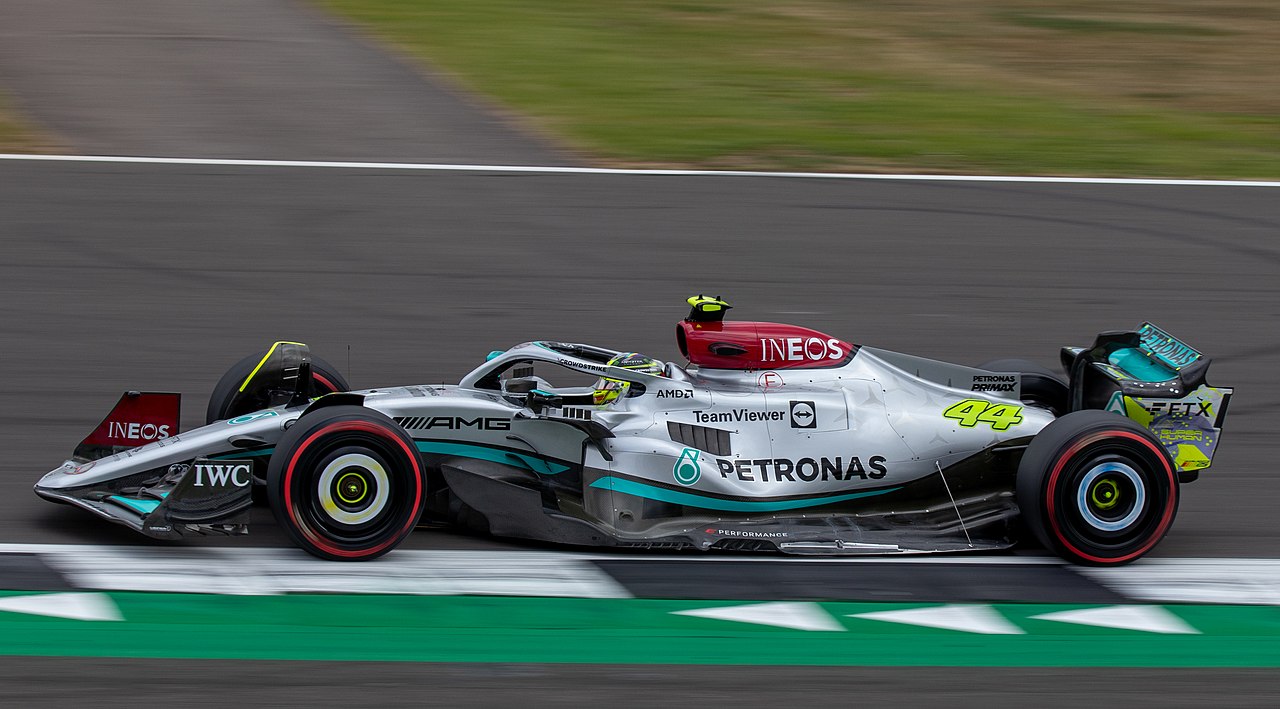 Jen Ross, CC BY 2.0, Wikimedia Commons
Jen Ross, CC BY 2.0, Wikimedia Commons
Ferrari F310
Michael Schumacher’s first Ferrari F1 car, the F310 of 1996, was far from elegant. With its oversized cockpit sides, it looked more like an armchair. While the design followed new headrest safety rules and aimed for better aerodynamics, it ended up disrupting airflow so much that Schumacher was often seen tilting his head to help improve performance.
 Matthias v.d. Elbe, CC BY-SA 3.0, Wikimedia Commons
Matthias v.d. Elbe, CC BY-SA 3.0, Wikimedia Commons
Williams FW26
The Williams FW26, nicknamed the "Walrus Nose," is one of F1’s most unforgettable flops. Designed to boost airflow under the car, its wide nose offered little advantage and caused major problems, especially in crosswinds. After just 12 races and only two podium finishes, the unusual nose was replaced, and Williams ended the season on a high note with Juan Pablo Montoya’s win in Brazil.
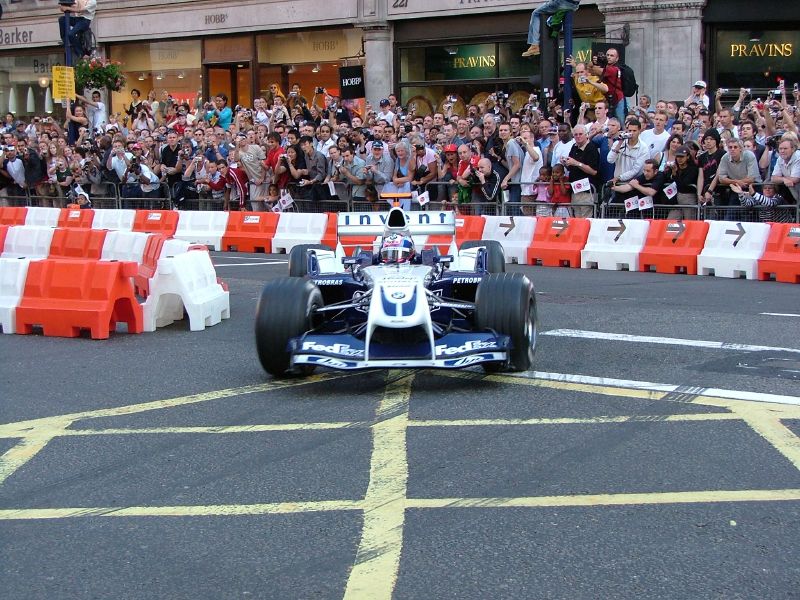 jtstewart, CC BY-SA 2.0, Wikimedia Commons
jtstewart, CC BY-SA 2.0, Wikimedia Commons
Mercedes W196
The Mercedes W196 stands out in F1 history as a closed-wheel car that dominated the championship. Winning nine of the 12 races it entered, mostly with Juan Manuel Fangio, it claimed the 1954 and 1955 world titles. Its sleek streamliner version won three races, though Fangio struggled with visibility at Silverstone, making it the only race this unique design didn’t win.
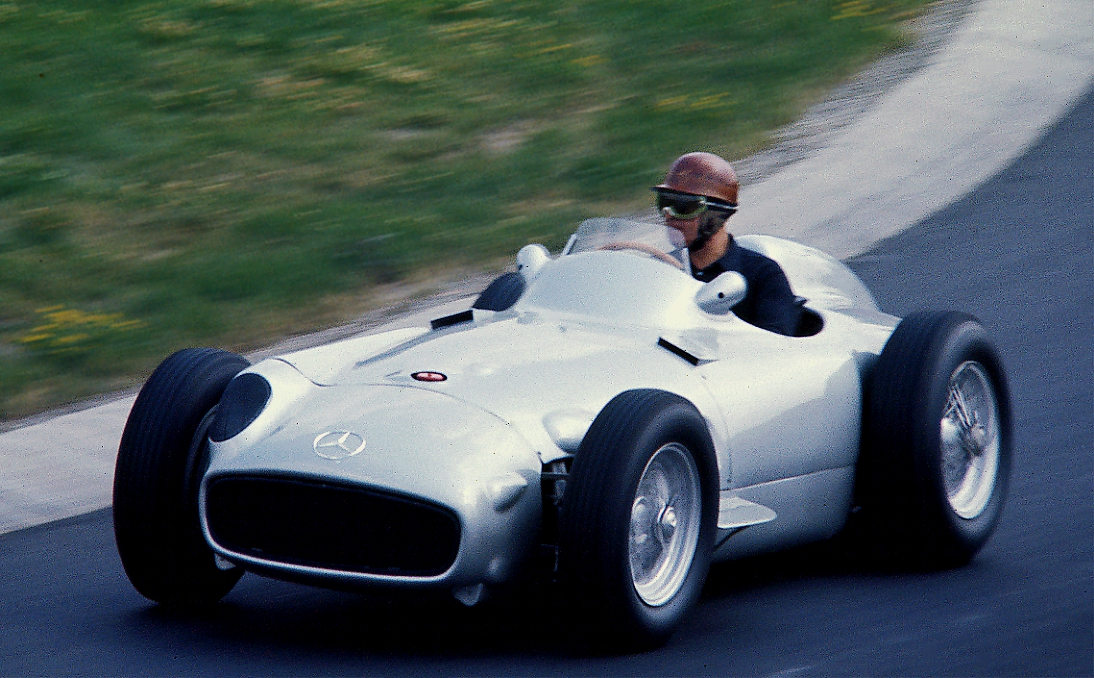 Lothar Spurzem, CC BY-SA 2.0 DE, Wikimedia Commons
Lothar Spurzem, CC BY-SA 2.0 DE, Wikimedia Commons
McLaren MP4/10
The 1995 McLaren MP4/10 is best remembered as the car Nigel Mansell couldn’t even fit into at the start of the season, but its issues ran much deeper. With a raised nose and a strange mid-wing on the airbox, it looked like a patchwork of awkward angles, earning it the nickname “Frankenstein’s monster”. The car’s poor design left McLaren a distant fourth in the Constructors’ Championship.
 cosmic_spanner, CC BY-SA 2.0, Wikimedia Commons
cosmic_spanner, CC BY-SA 2.0, Wikimedia Commons
Ensign N179
Ensign Racing’s N179, nicknamed the “Cheese Grater,” might not win any beauty contests, but it’s unforgettable. With its unique scoop nose and staircase-like front radiators, it prioritized aerodynamic overlooks, earning it the title of “ugliest F1 car of all time”.
Lotus 88
The Lotus 88 was a revolutionary Formula 1 car with a design that boosted traction without relying on bulky wings. Sadly, it never hit the track, as rival teams argued its innovative exterior acted as an illegal aerodynamic device. With its sleek, all-black look, the 88 resembled a Batmobile on wheels.
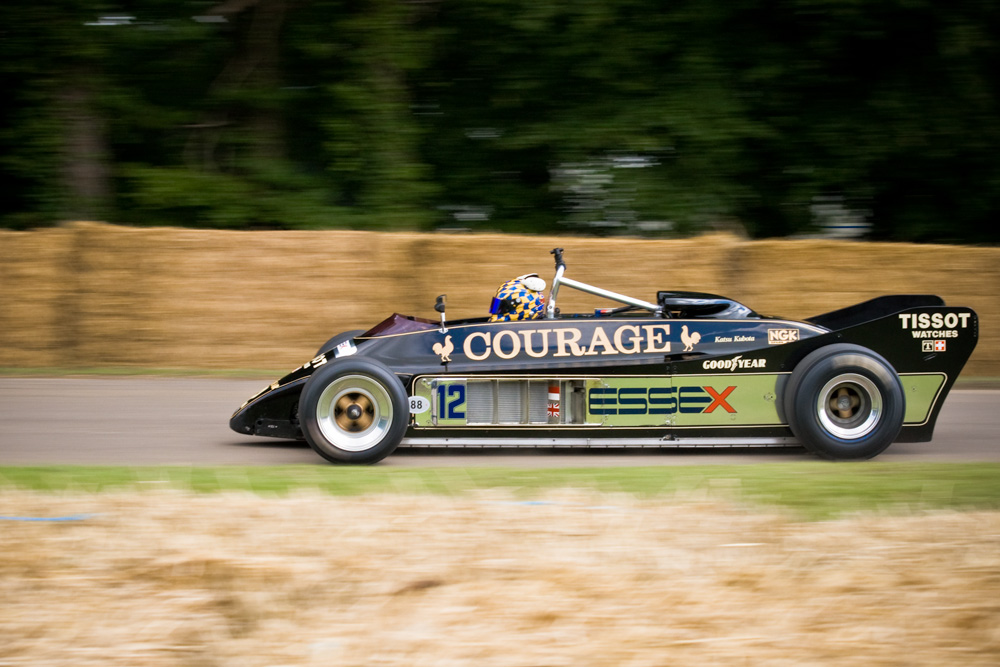 Xneilj, CC BY-SA 3.0, Wikimedia Commons
Xneilj, CC BY-SA 3.0, Wikimedia Commons
Arrows A22
The A22, introduced at the 2001 Monaco Grand Prix, was Arrows’ bold attempt to revive a controversial concept: an elevated front wing inspired by vintage designs like the 1968 Brabham B26—or perhaps even a WWI Sopwith Camel. While more compact and adjustable than its predecessors, the wing still blocked the driver’s view, leading authorities to ban it before it ever raced.
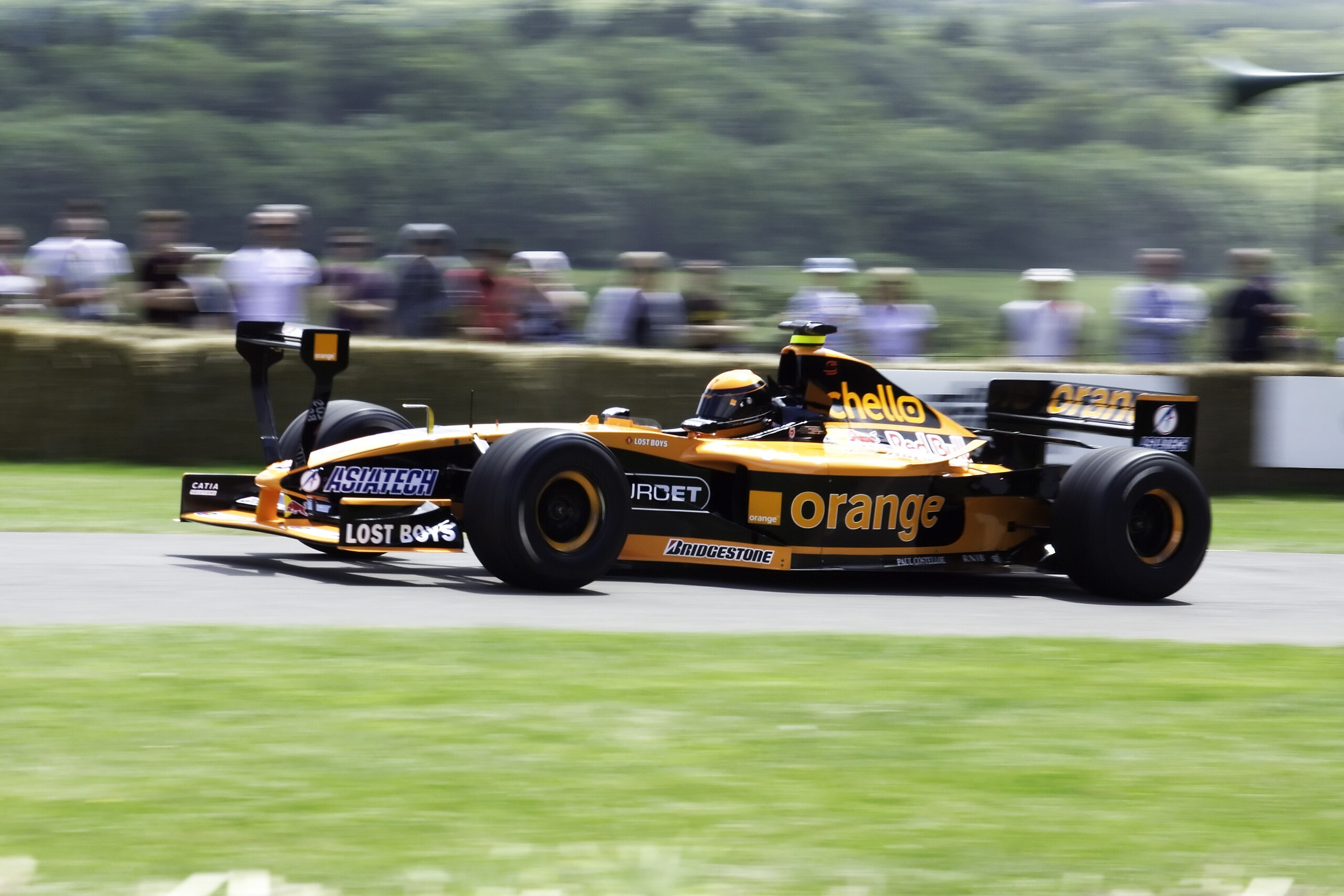 Andrew Basterfield, CC BY-SA 2.0, Wikimedia Commons
Andrew Basterfield, CC BY-SA 2.0, Wikimedia Commons
Williams FW07D
Ferrari and Williams both dabbled with six-wheeled cars, with the Williams FW07D featuring four rear-driven wheels and two front wheels during testing in 1981. The concept carried over to the FW08B, but neither car ever hit the track. The FIA quickly banned six-wheelers, putting an end to this wild experiment in F1 design.
Eifelland Type 21
The German team Eifelland had a short-lived F1 run, competing for just one season in 1972 with the Type 21, driven by Rolf Stommelen. Designed by Luigi Colani and based on a March 721, the car’s standout feature was a single rearview mirror awkwardly mounted directly in front of the driver. Unsurprisingly, this design didn’t do much for visibility.
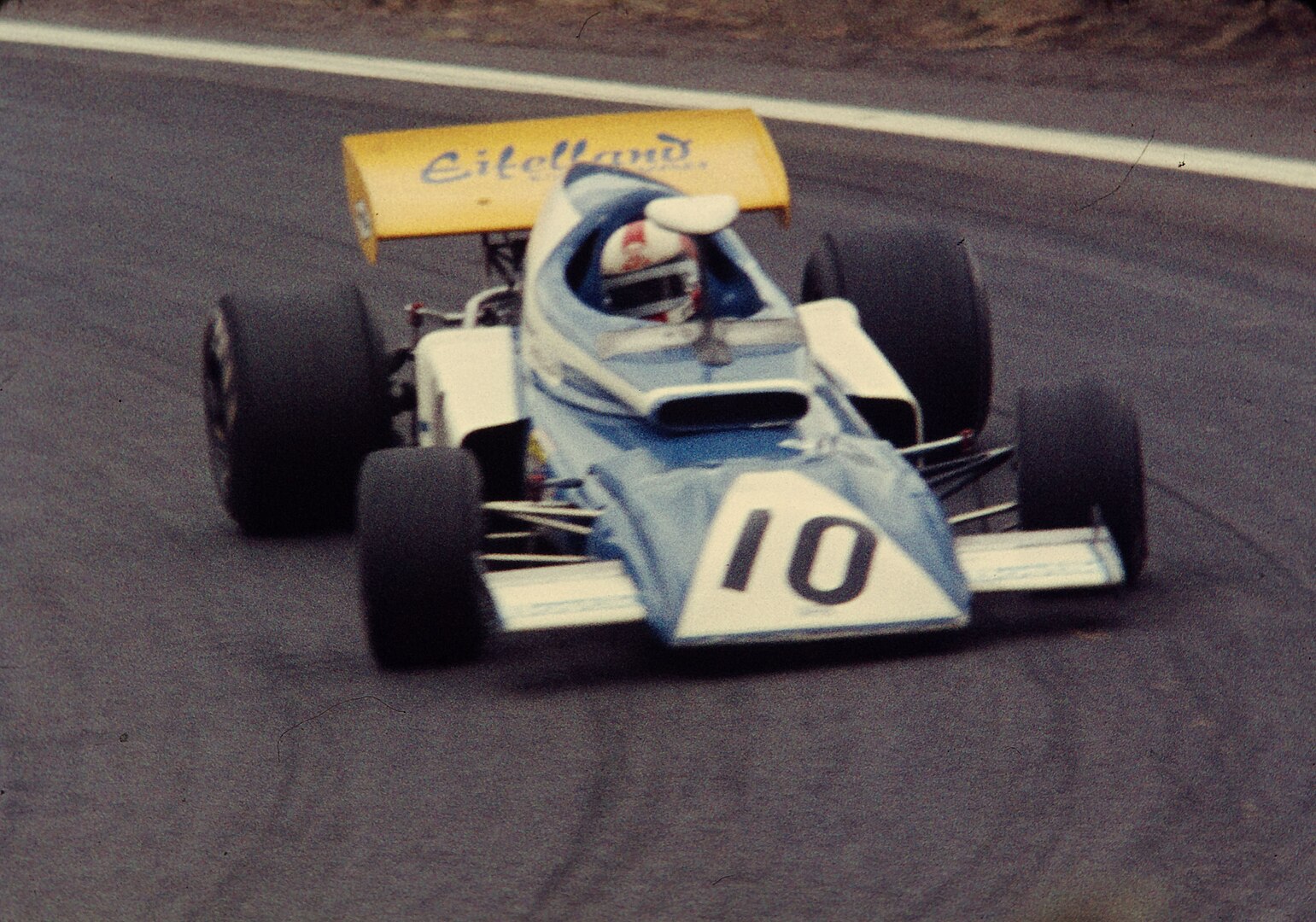 https://www.flickr.com/photos/zantafio56/, CC BY-SA 2.0, Wikimedia Commons
https://www.flickr.com/photos/zantafio56/, CC BY-SA 2.0, Wikimedia Commons
Caterham CT05
The Caterham CT05 was introduced in 2014 and it had a hideous nose design that looked like they didn’t even try—earning it plenty of ridicule. Even after painting the nose black to “hide” it and eventually redesigning it, the damage was done. This is the car everyone remembers for all the wrong reasons.
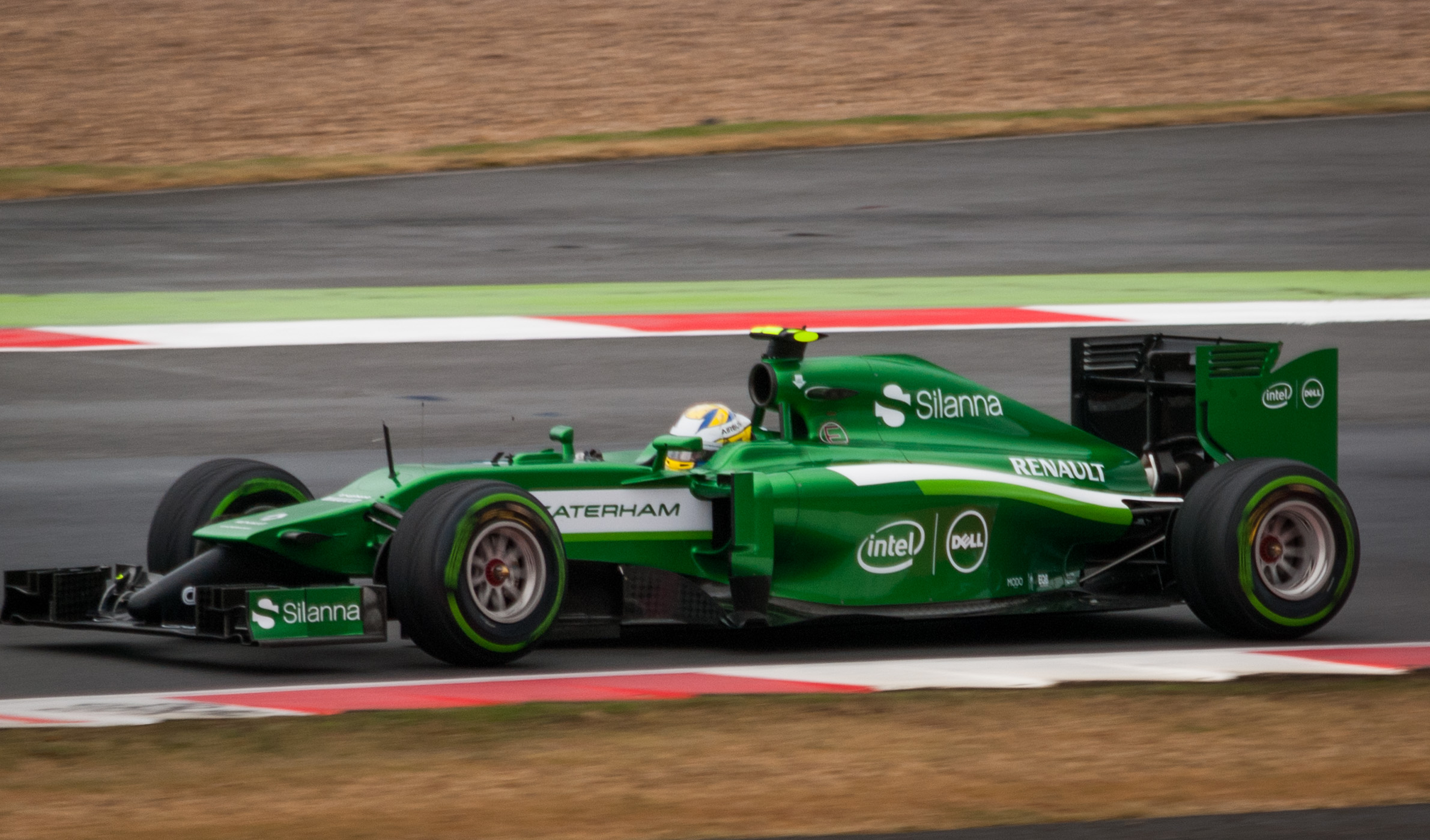 Jake Archibald, CC BY 2.0, Wikimedia Commons
Jake Archibald, CC BY 2.0, Wikimedia Commons
Force India VJM07
The 2014 F1 season was a design disaster, marked by hybrid V6 engines that barely made a sound and cars that were, frankly, hard to look at. The Force India VJM07 had an awkward nose and long wing mounts. Combine that with the year’s already odd proportions, and 2014’s cars were truly in a league of their own.
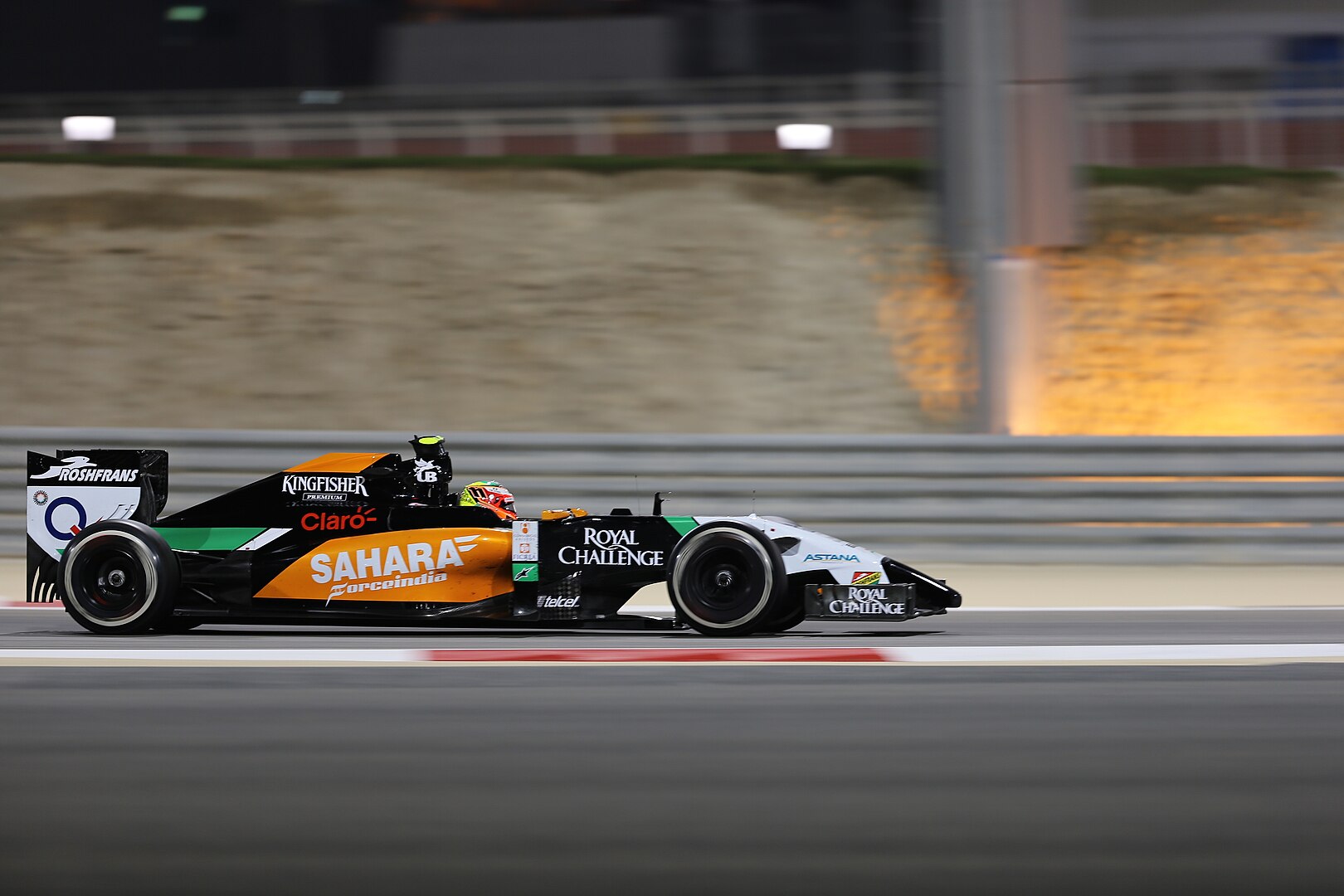 Habeed Hameed, CC BY-SA 2.0, Wikimedia Commons
Habeed Hameed, CC BY-SA 2.0, Wikimedia Commons
Renault R29
The Renault R29 is best described as a clunky disaster. The 2009 rule changes aimed to make F1 cars sleeker, but instead left the R29 with oversized sidepods that looked melted onto the car and a nose that seemed carved from stone.
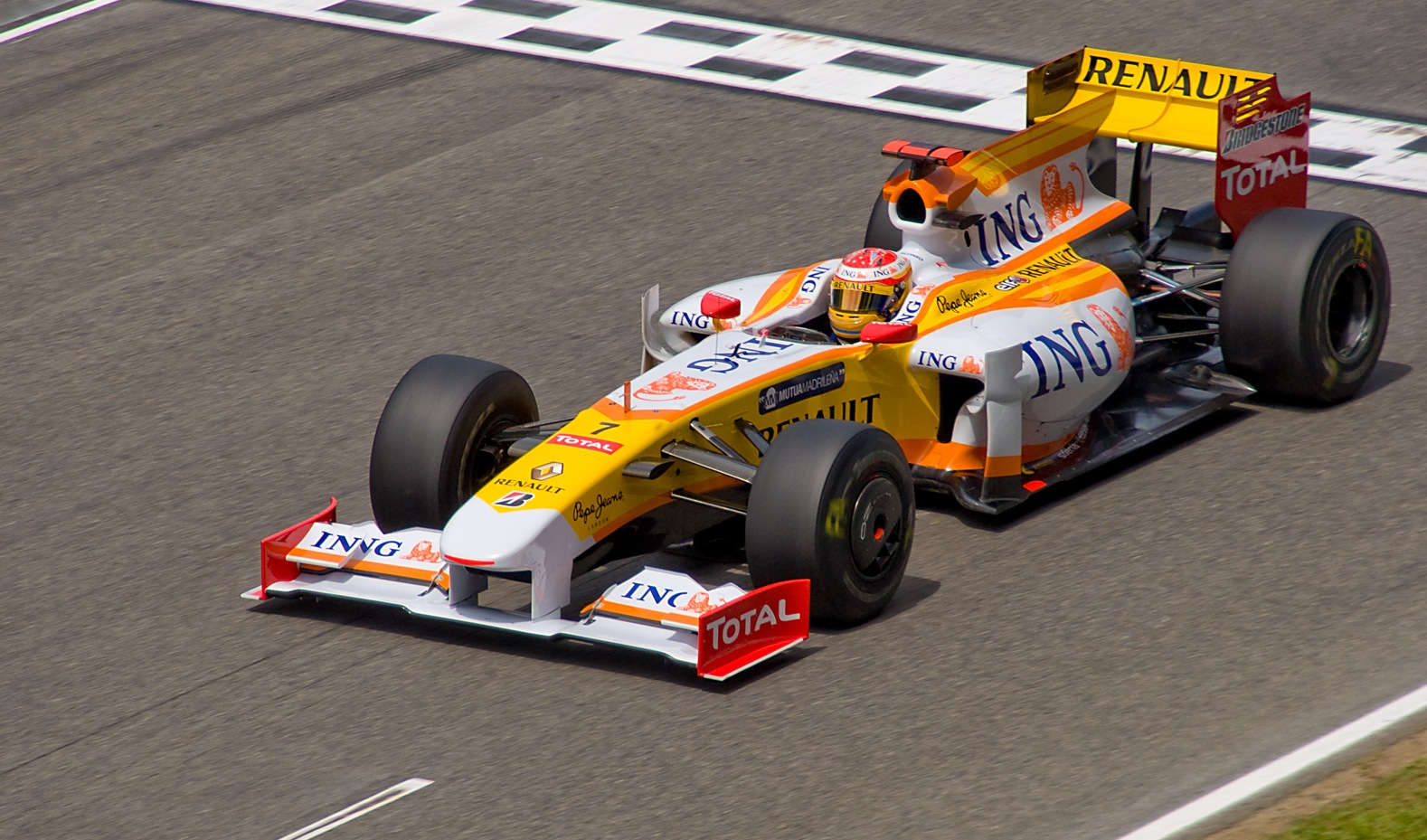 Jose Mª Izquierdo Galiot, CC BY 2.0, Wikimedia Commons
Jose Mª Izquierdo Galiot, CC BY 2.0, Wikimedia Commons
Brabham BT34
Ron Tauranac was instrumental in Brabham's rise to greatness, but the BT34 was far from a shining moment. It was nicknamed the "toothless walrus," and its bizarre design featured strange side scoops and a front wing awkwardly perched high off the ground. With an airbox resembling a periscope, the BT34 struggled on track, managing only a single fifth-place finish.
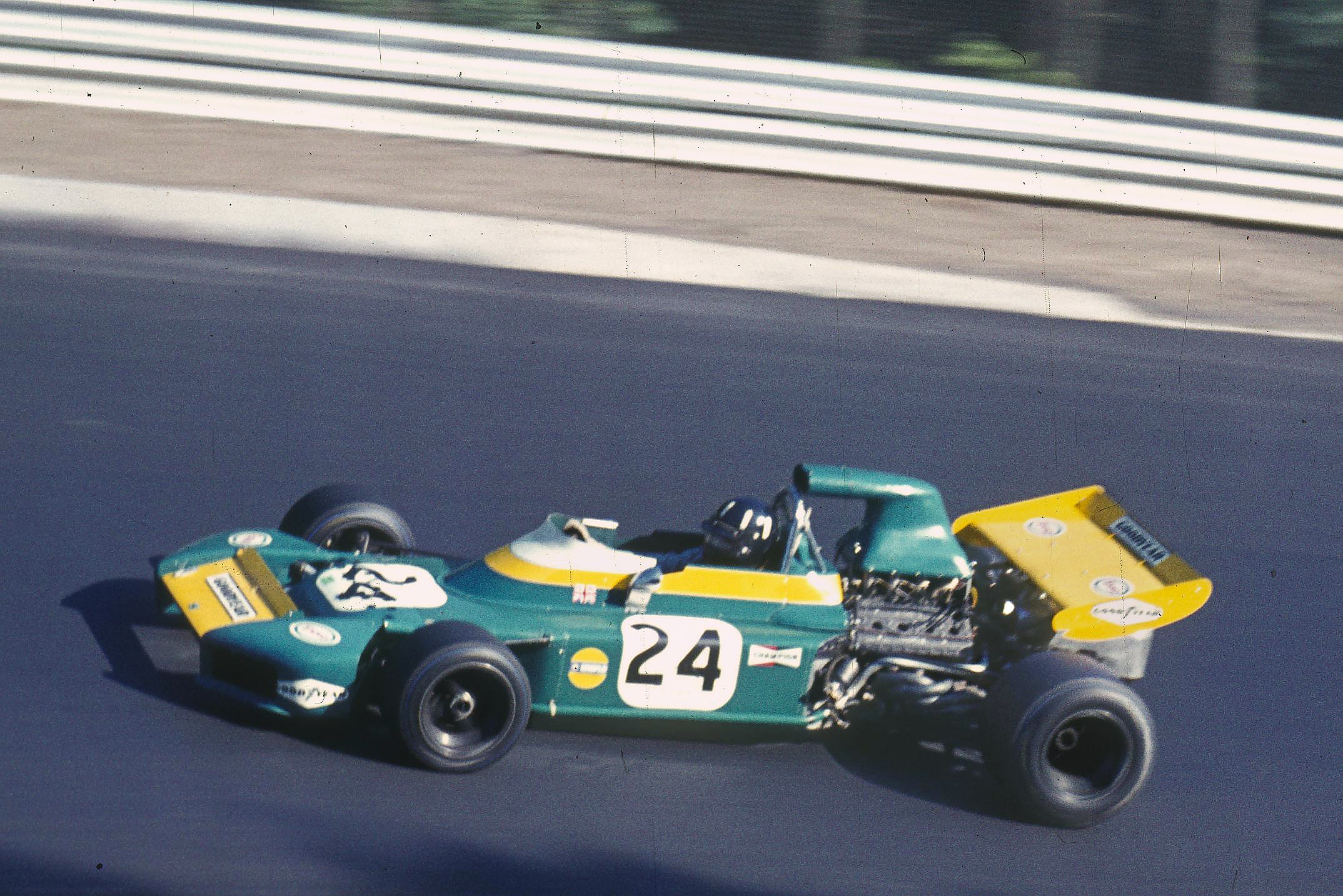 Lothar Spurzem, CC BY-SA 3.0 DE, Wikimedia Commons
Lothar Spurzem, CC BY-SA 3.0 DE, Wikimedia Commons
Ferrari 312T6
The Ferrari 312T6 was a bizarre six-wheeled experiment that never made it to a race. Instead of the typical large rear wheels, it had six wheels all the same size as the fronts, with the rear wheels set up like a double-wide truck axle. The design was too wide to ever be allowed, leaving everyone wondering what Ferrari was thinking in the first place.
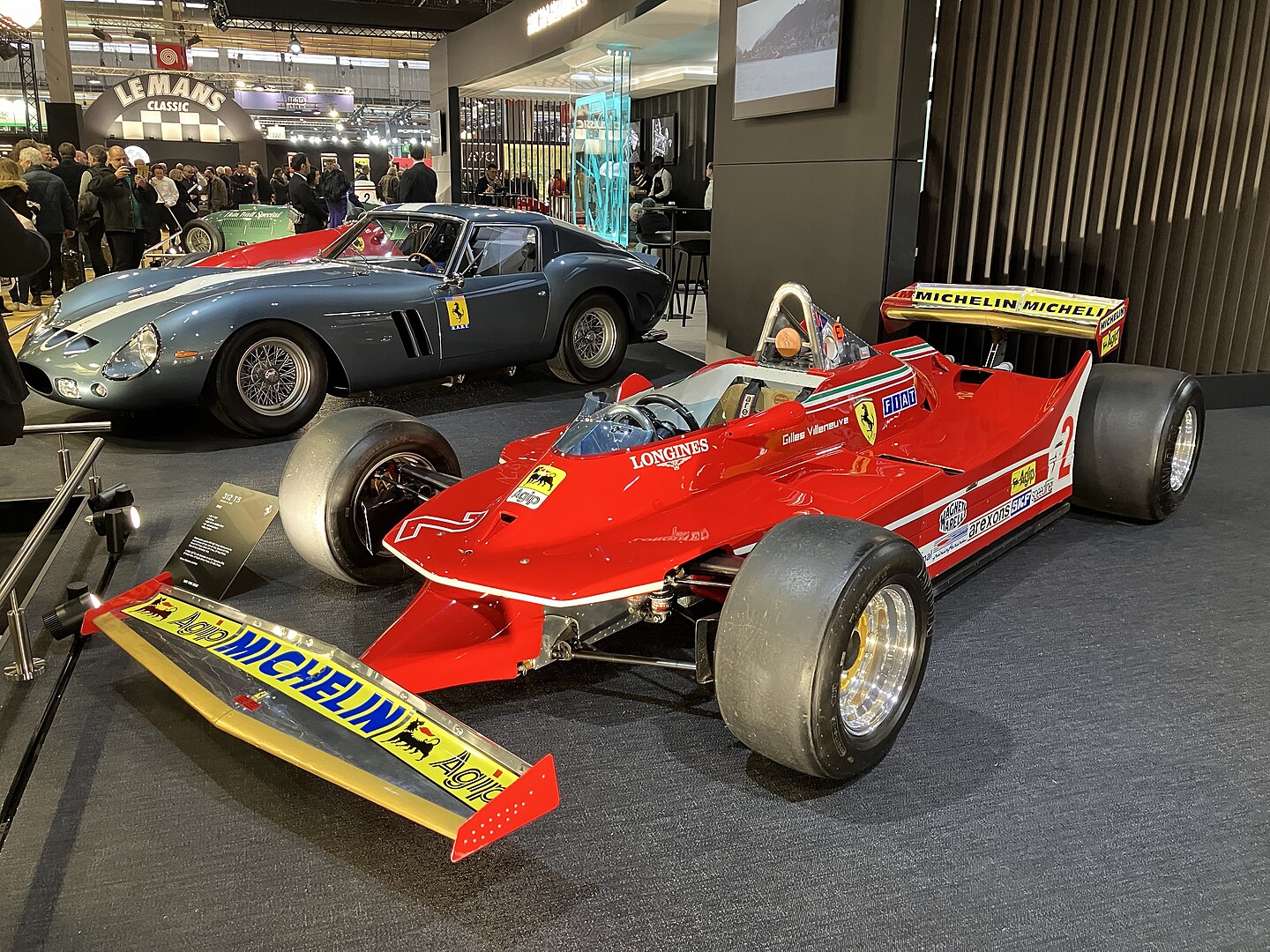 Pelicanactor, CC BY-SA 4.0, Wikimedia Commons
Pelicanactor, CC BY-SA 4.0, Wikimedia Commons
Williams FW15 CVT
In 1993, Williams tested a groundbreaking F1 car featuring a continuously variable transmission (CVT), making it one of the most advanced cars ever built. The strange-sounding gearbox had huge potential, but the FIA banned it before it could race.
 Morio, CC BY-SA 4.0, Wikimedia Commons
Morio, CC BY-SA 4.0, Wikimedia Commons
McLaren MP4-26
The McLaren MP4-26 stood out in 2011 with its unique L-shaped sidepods designed to improve airflow after the double diffuser was banned. It wasn’t the most dominant car on the track, but it still managed six wins and a second-place finish in both championships.
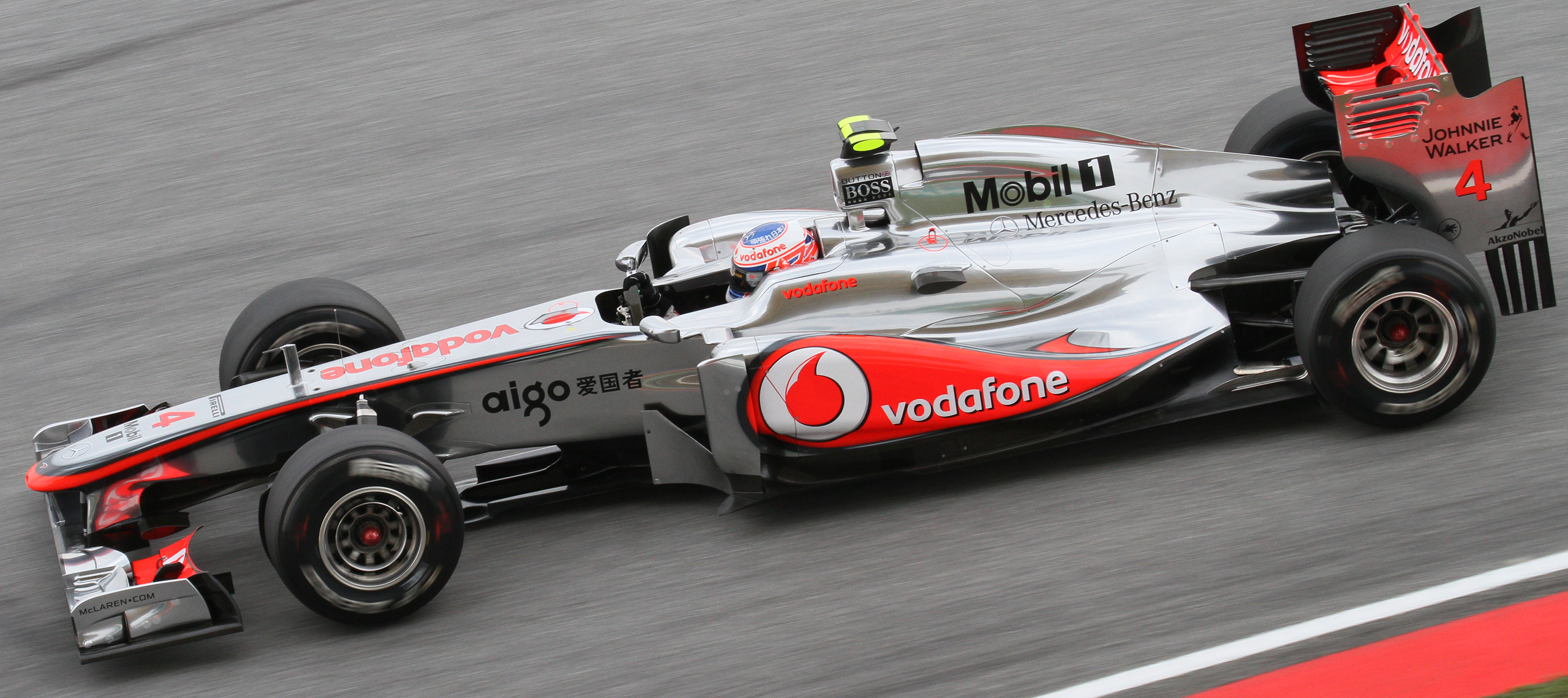 Morio, CC BY-SA 3.0, Wikimedia Commons
Morio, CC BY-SA 3.0, Wikimedia Commons
Tyrrell Ford 025
Tyrrell made waves in 1997 with its X-Wing design, despite struggling at the back of the grid. Designed by Harvey Postlethwaite, the car featured unique sidepod aero aids and a single-blade nose cone that stood out. Though performance lagged, its bold and creative design captured plenty of attention.
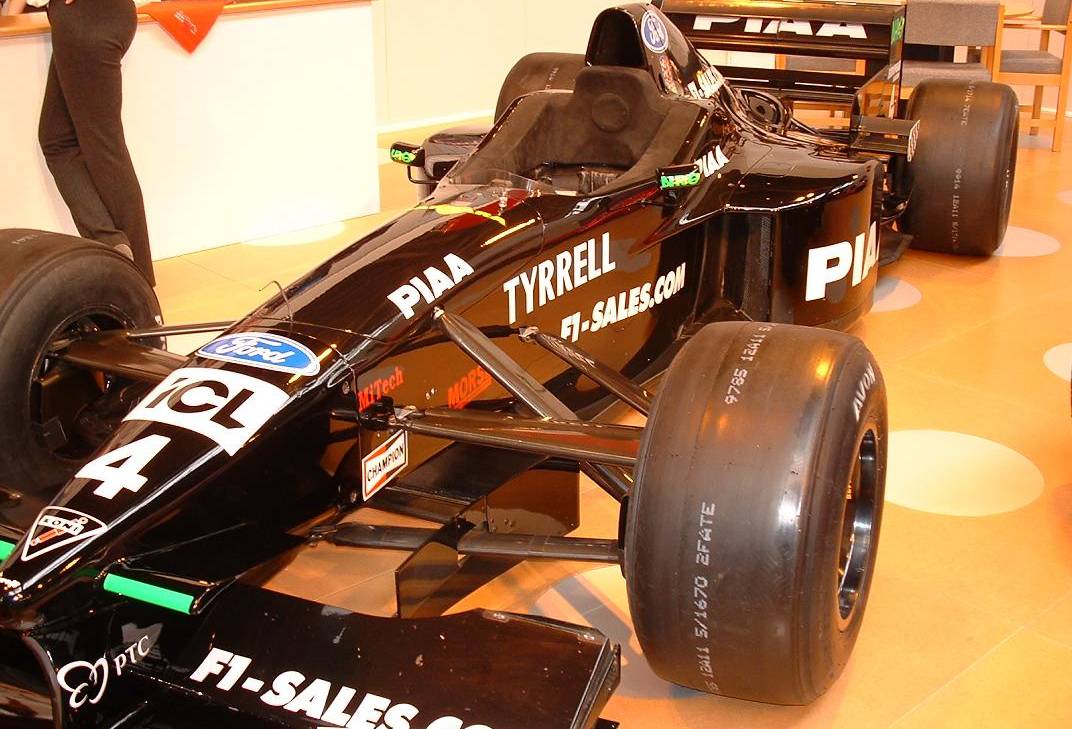 Chris Bloom, CC BY-SA 2.0, Wikimedia Commons
Chris Bloom, CC BY-SA 2.0, Wikimedia Commons
Benetton Tyrrell 012
Tyrrell’s knack for bold experiments shines again with its triangular wing design. While it was eye-catching, the team quickly realized it offered no real advantage over standard rectangular wings. Unsurprisingly, the design was scrapped just as fast as it appeared.
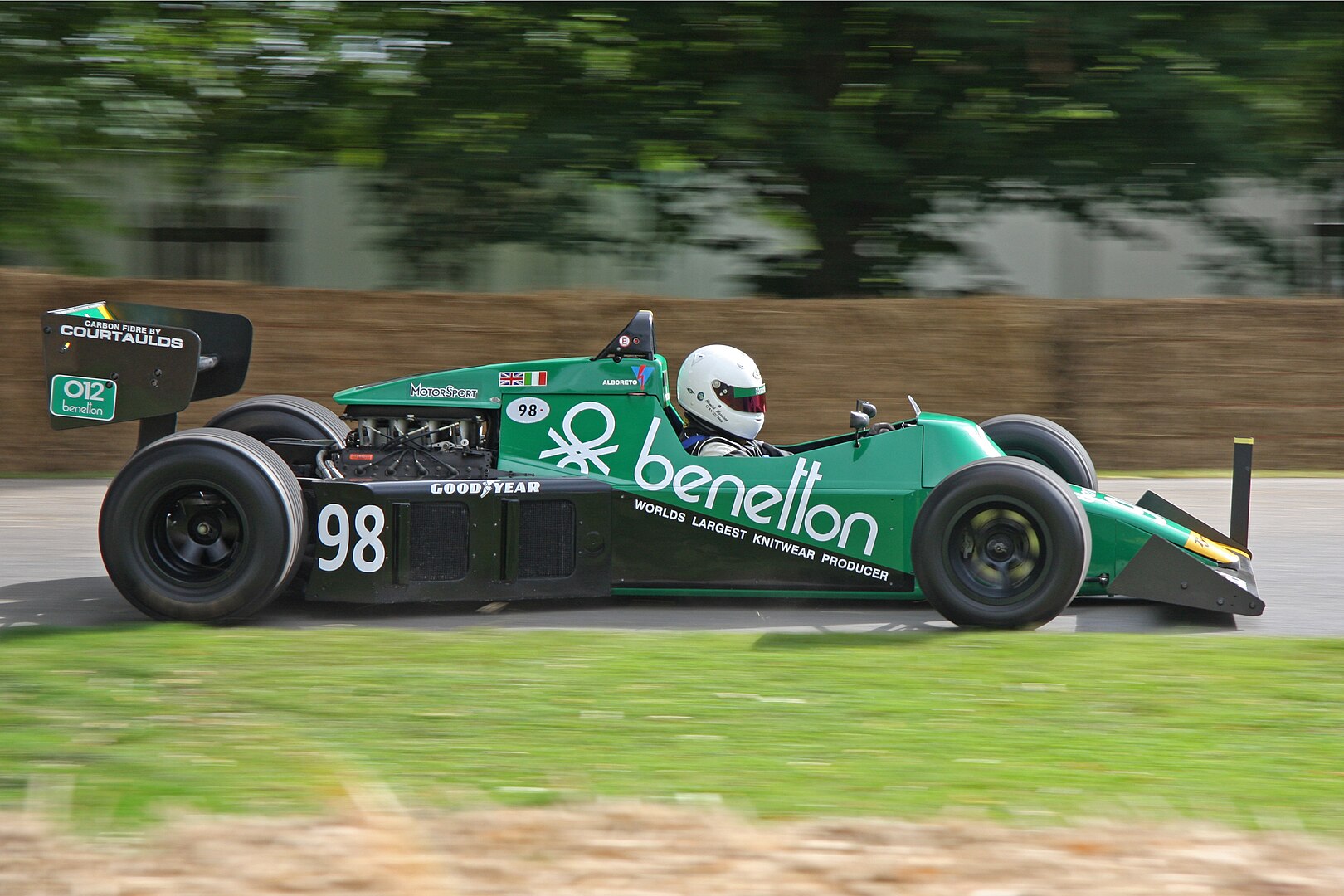 Brian Snelson, CC BY 2.0, Wikimedia Commons
Brian Snelson, CC BY 2.0, Wikimedia Commons
McLaren M7C
The McLaren M7C emerged during F1’s era of wild aero experimentation, featuring a front wing mounted directly to the suspension. While it improved aerodynamics, its structural integrity raised safety concerns. Other teams tried similar setups, but the FIA eventually banned the design for being too risky.
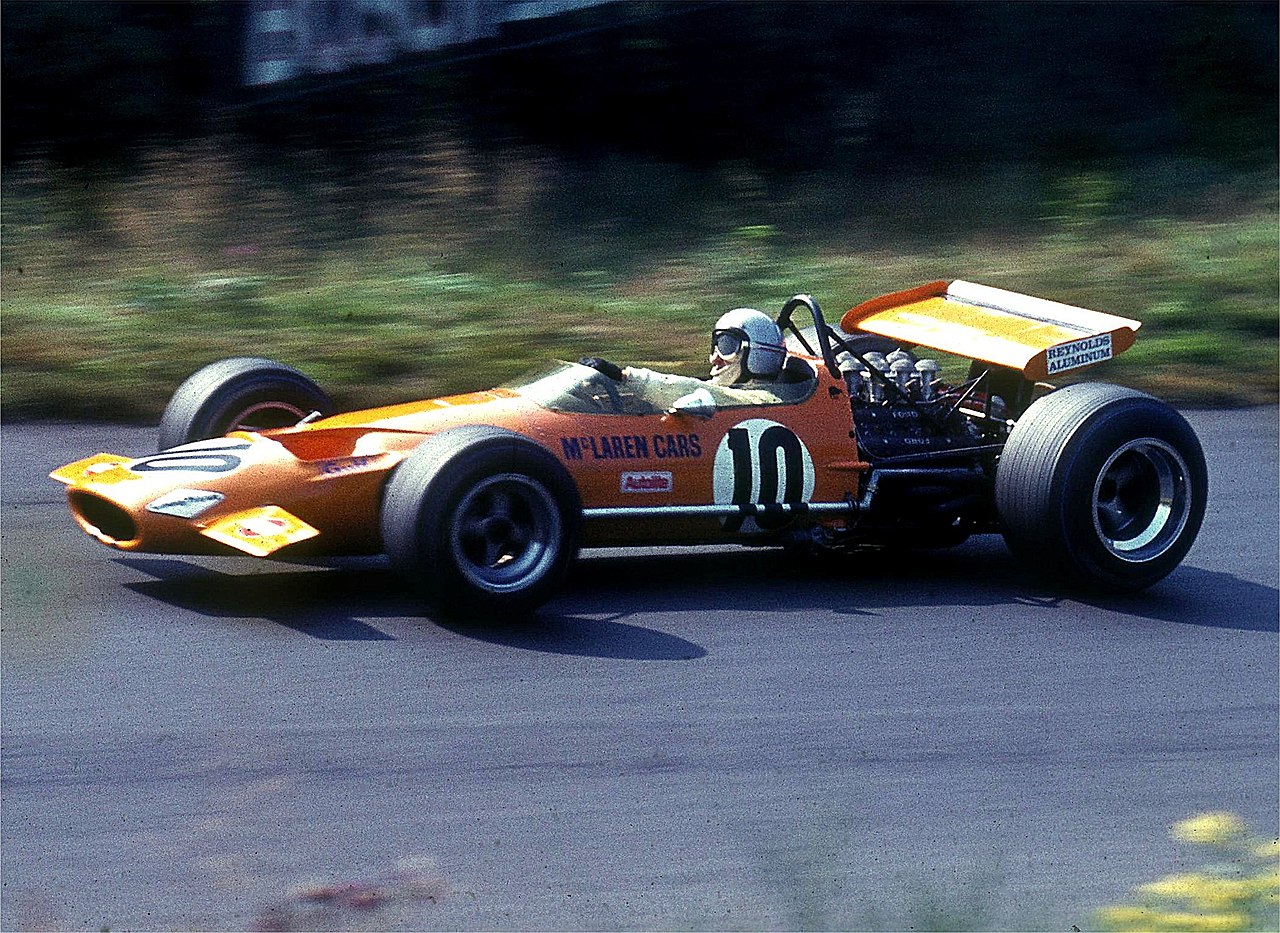 Lothar Spurzem, CC BY-SA 2.0 DE, Wikimedia Commons
Lothar Spurzem, CC BY-SA 2.0 DE, Wikimedia Commons
March 751
The March 751 wasn’t a beauty to begin with, and its suspended diffuser-style rear wing didn’t help its looks. Despite this, the car managed to win the rain-shortened 1975 Austrian Grand Prix, which ended after just 29 laps.
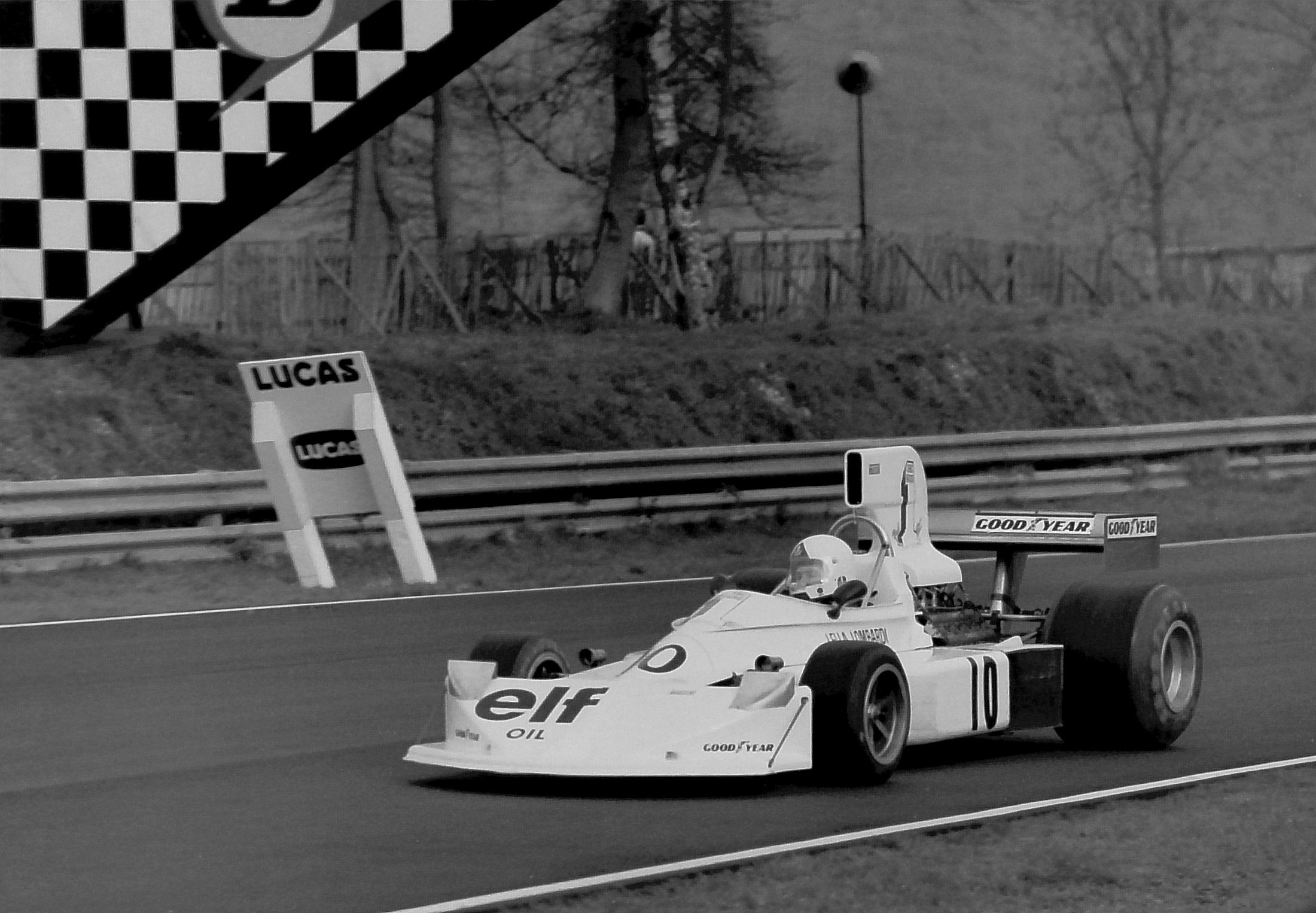 Martin Lee, CC BY-SA 2.0, Wikimedia Commons
Martin Lee, CC BY-SA 2.0, Wikimedia Commons
Renault RS01
The Renault RS01 made history as the first Formula 1 car powered by a turbocharged engine. Debuting at the 1977 British Grand Prix, it also introduced Michelin’s radial tires to the sport. While other teams stuck with naturally aspirated engines, Renault boldly pursued the 1.5-liter turbocharged option, making it one of the more stranger cars in F1 history.
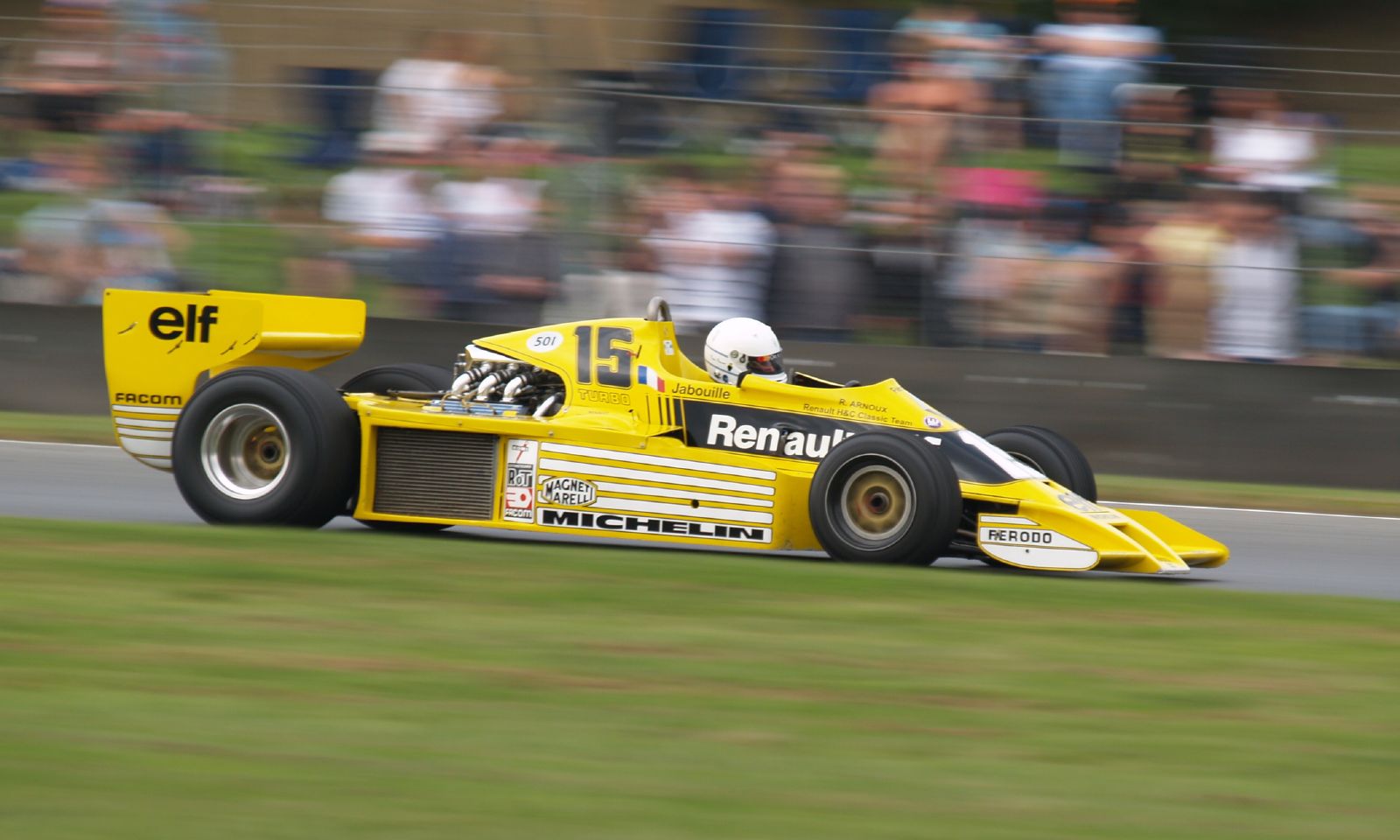 Darren, CC BY 2.0, Wikimedia Commons
Darren, CC BY 2.0, Wikimedia Commons
Forti FG01
The 1995 Forti FG01 was heavy, underpowered, and struggled with poor aerodynamics. Its small Ford-Cosworth V8 engine lacked about 100 brake horsepower compared to the top Renault V10s, and it was the only car that still used a manual gearbox that season. With its clunky design and outdated tech, it stood little chance against its competitors.
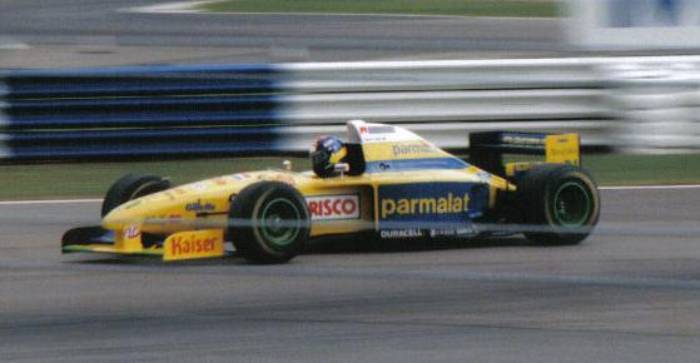 Dave, CC BY-SA 2.0, Wikimedia Commons
Dave, CC BY-SA 2.0, Wikimedia Commons
McLaren MP4-29
The McLaren MP4-29, introduced for the 2014 Formula 1 season, featured a notably unconventional nose design due to new regulations mandating lower front bulkhead heights. This resulted in a distinctive, downward-sloping front end that diverged from traditional F1 aesthetics.
 emperornie, CC BY-SA 2.0, Wikimedia Commons
emperornie, CC BY-SA 2.0, Wikimedia Commons
Alfa Romeo 179
The Alfa Romeo 179 is often considered one of the weirdest cars in F1 history due to its highly unusual design. The car featured a distinctive wide and flat nose, while its rear suspension had an unorthodox design, with high-mounted rear shocks and a very high rear wing. This combination of unique aerodynamic and mechanical elements led to a car that was both unconventional and unpredictable in its performance.
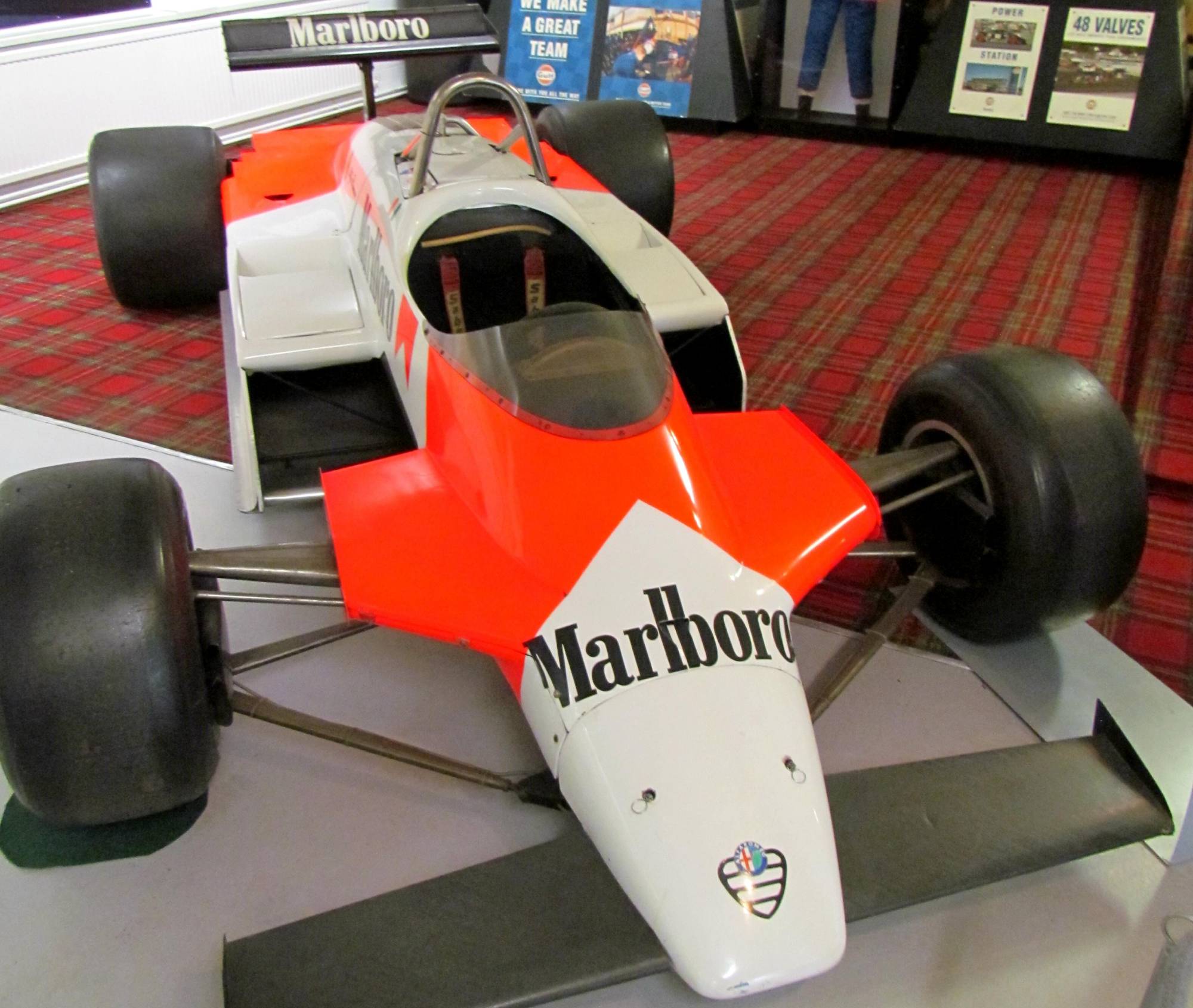 Ozzy Delaney, CC BY 2.0, Wikimedia Commons
Ozzy Delaney, CC BY 2.0, Wikimedia Commons
McLaren M26
The McLaren M26 had an unusual hybrid design. It featured a mix of elements from its predecessor, the M23, and some innovative features intended to improve aerodynamics. One of the most distinct aspects was its oddly shaped rear wing, which was different from other cars at the time. The M26 also struggled with reliability and performance, making it less than ideal for an F1 race.
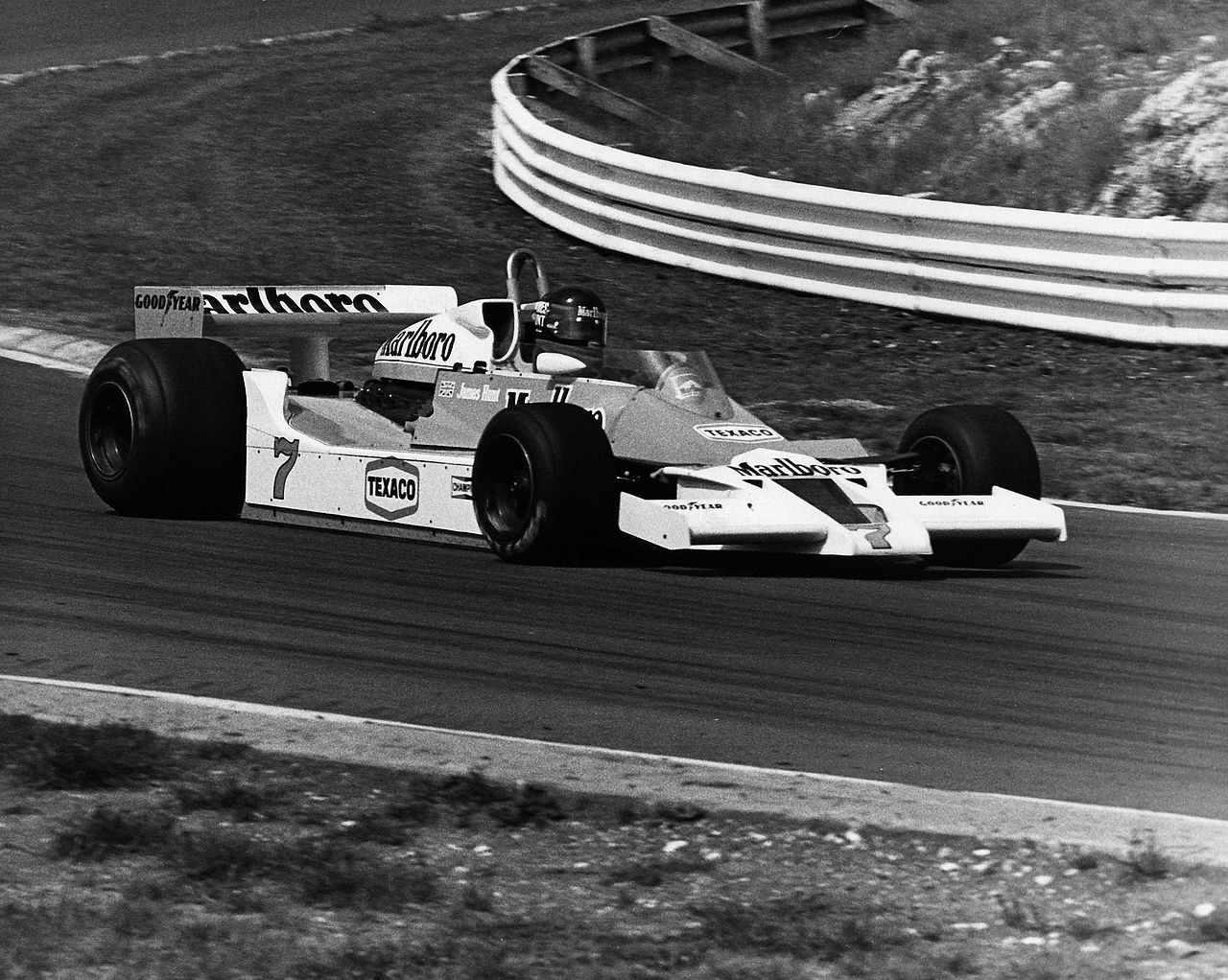 Smudge 9000, CC BY 2.0, Wikimedia Commons
Smudge 9000, CC BY 2.0, Wikimedia Commons
Honda RA108
The 2008 F1 cars were wild with aero devices sprouting everywhere, but none looked as strange as Honda’s RA108. Its standout feature was the "dumbo wings" perched on top of the nose, resembling a seagull more than a sleek design. Though Rubens Barrichello snagged a wet-weather podium at Silverstone, the car struggled overall, and Honda left F1 soon after.
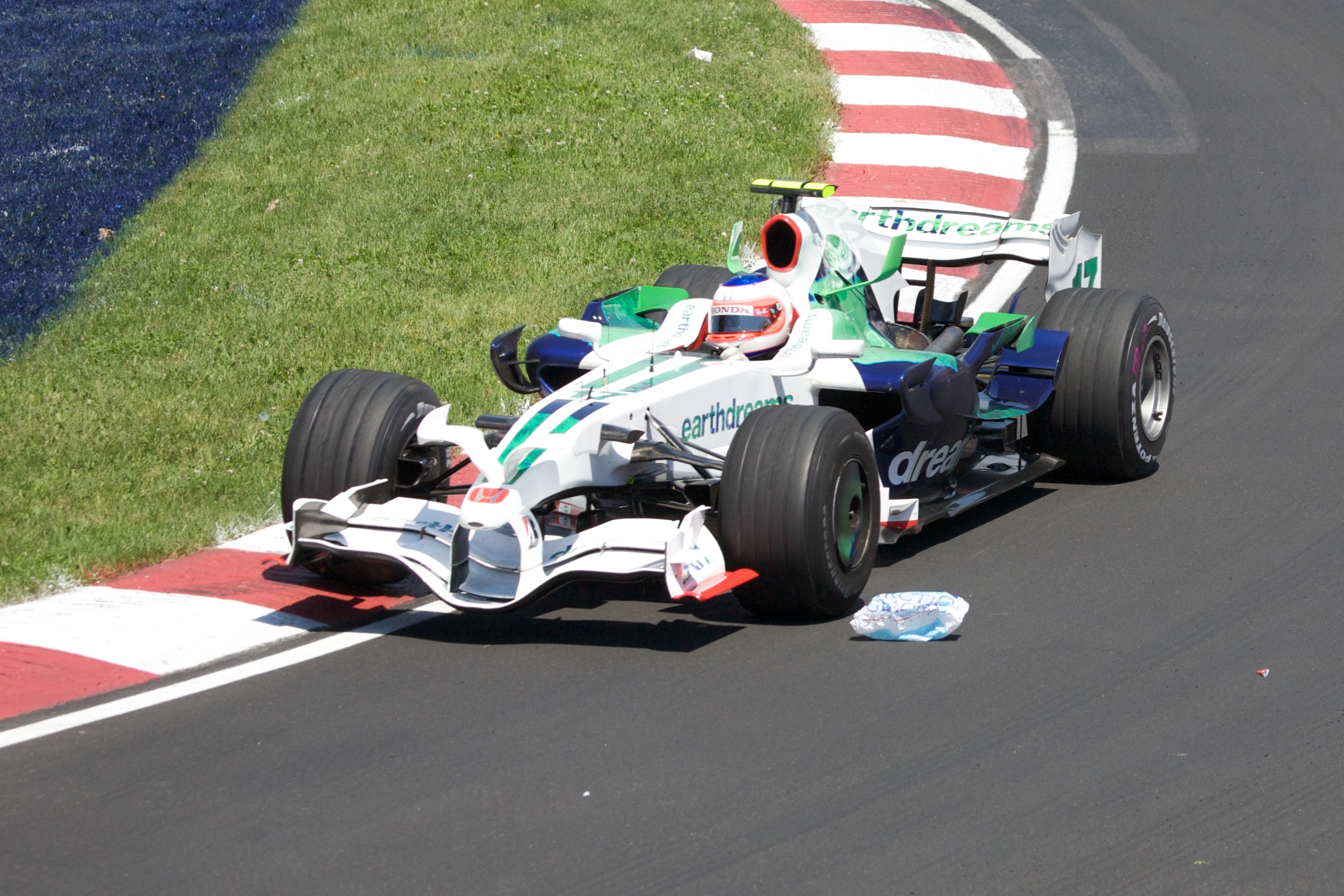 Mark McArdle, CC BY-SA 2.0, Wikimedia Commons
Mark McArdle, CC BY-SA 2.0, Wikimedia Commons


